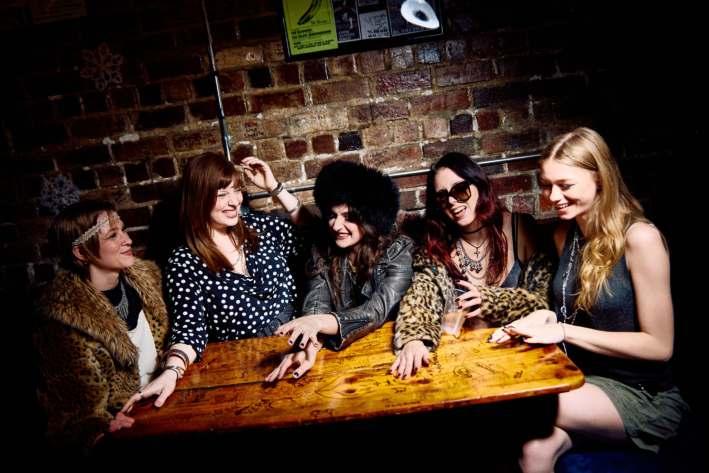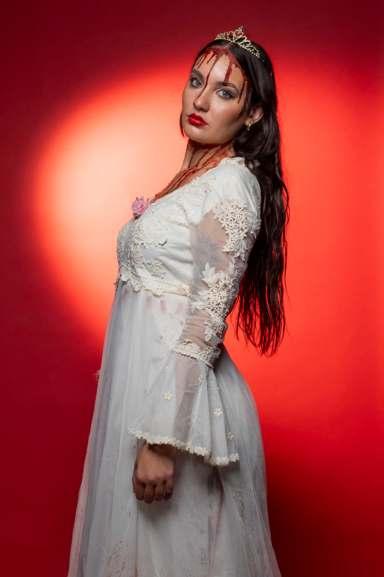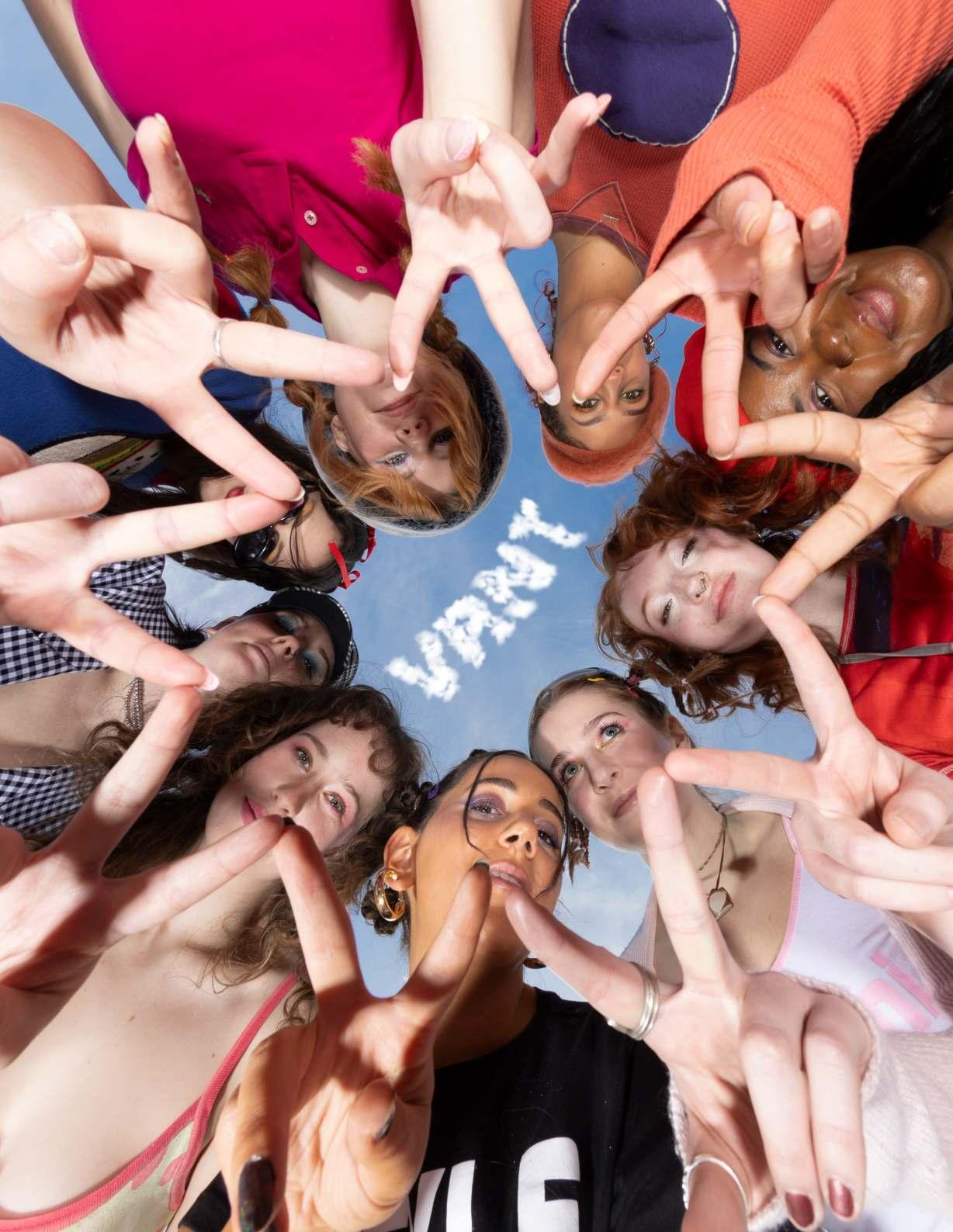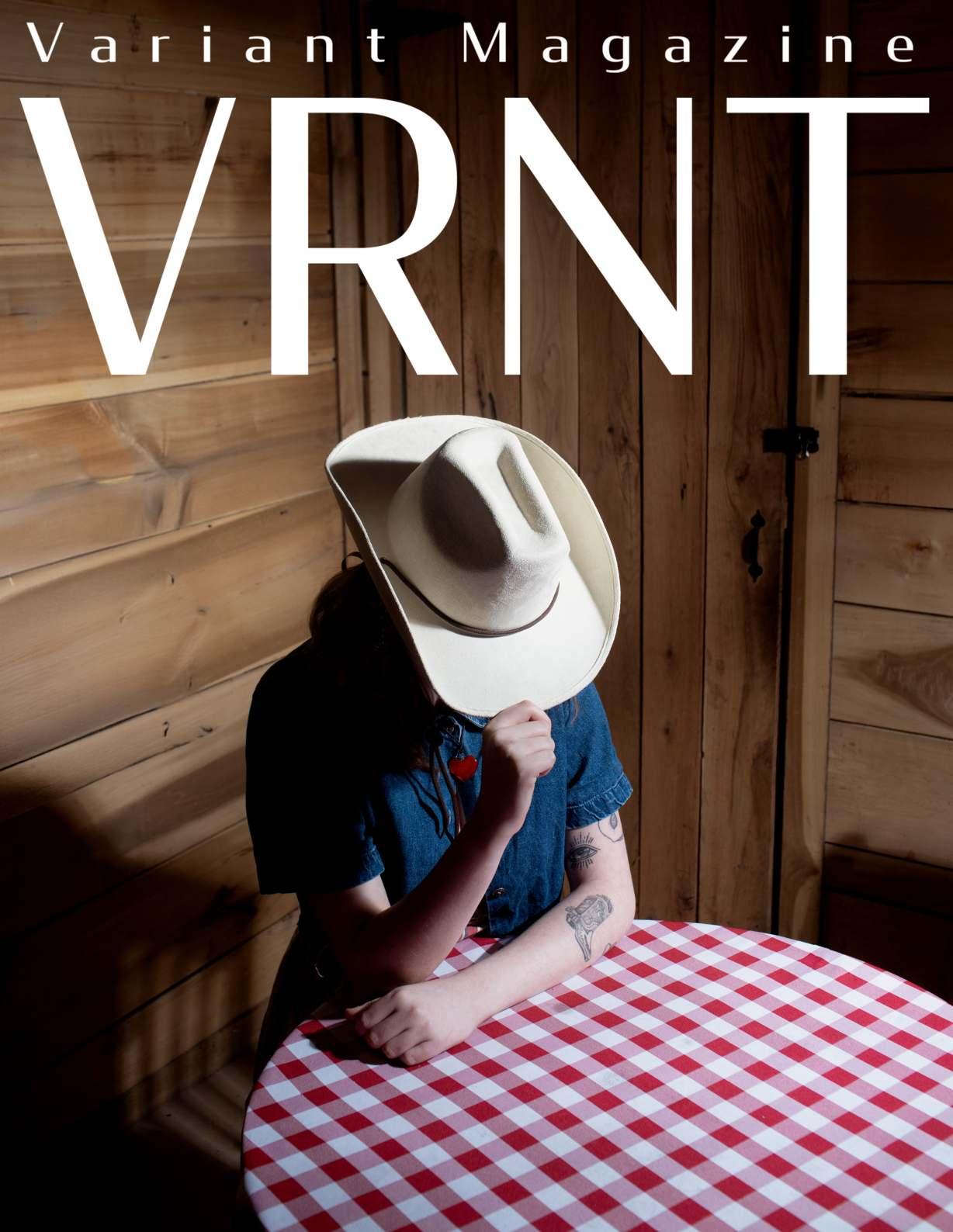
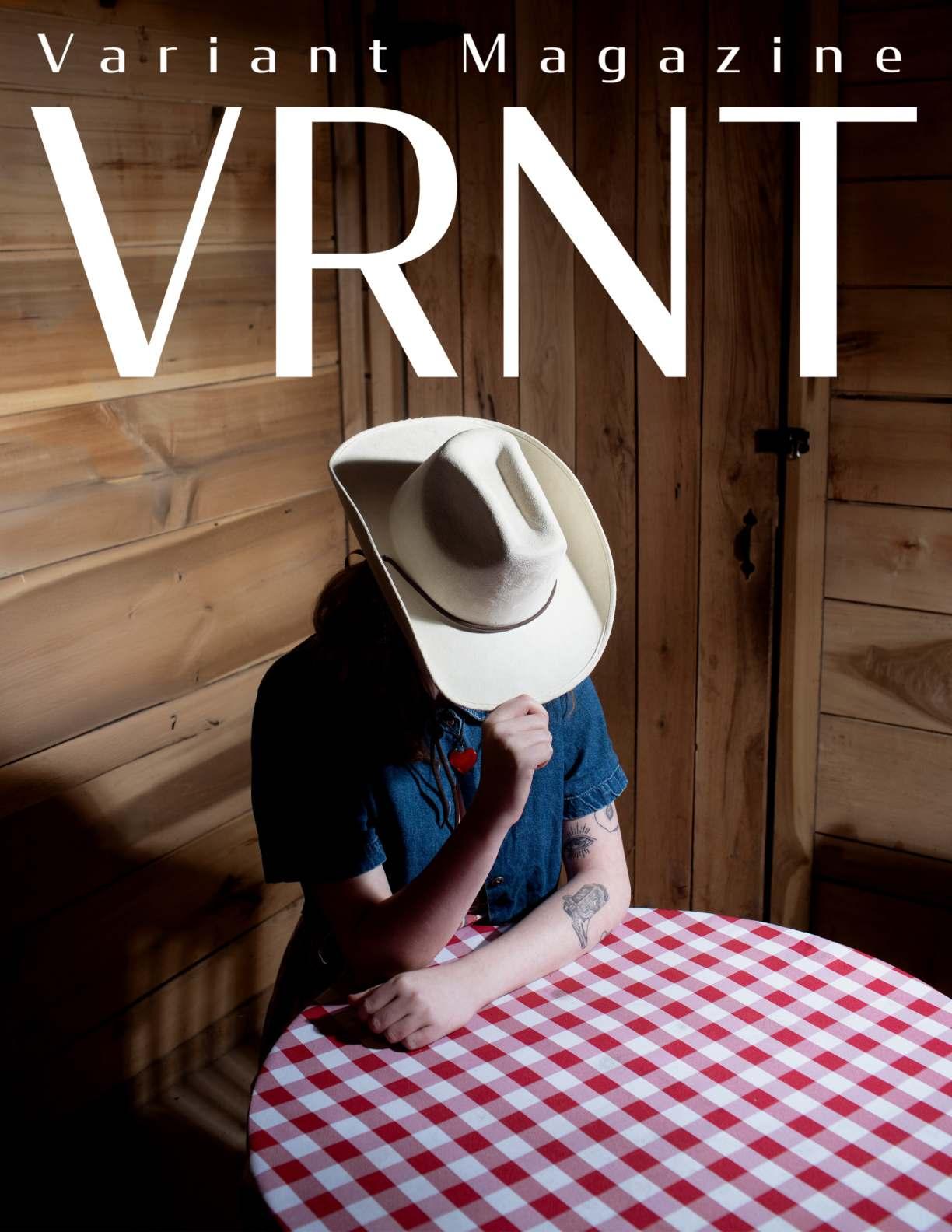



Dear Reader,
VARIANT Magazine’s Spring 2025 theme is“AMERICANA”— an idea so familiar yet deeply complex that we knew exploring it would be both powerful and challenging. From the moment this theme was brought up,there was hesitation.In today’s world, Americana carries both nostalgia and controversy.Who define theAmerican experience,and whose voices have been left out? What does it mean to experience America through diverse cultural, racial and personal lenses? What cultural narratives must we carry forward,and which ones demand reexamination?
For too long,Americana has been defined by a singular narrative that centers on white stories,culture and faces.In this issue, we amplify the unheard stories ofAmerica,aiming to transform theAmericana aesthetic into one that reflects the diverse voices that make up our country.We seek to amplify the experiences of Indigenous,people of color and queer communities,offering a fresh perspective on what Americana truly represents: a rich tapestry woven from countless cultures.
In our opening pages (pg. 8), Communications Director Riley Brown offers a critical examination of the current state of modern journalism, focusing on the rise of fake news, clickbait and sensationalized headlines.
Indigenous communities have called this land home for centuries, yet their voices and lives continue to be erased. Our first photoshoot (pg.10) features no models— only empty clothing, a haunting symbol of the thousands of Indigenous women who go missing each year. Accompanying this is a Q&A with Ohio University professors Katherine Jellison and Catherine Cutcher, who examine the historical roots of this crisis and explain why it demands urgent attention.
On (pg.18),we present “The Death of the Nuclear Family,” a shoot that challenges the traditional image of the nuclear family— husband, wife and two to three children. It features people with diverse lifestyles as the 1950s’picture-perfect atomic family.These“chosen families,”overlooked in mid-century imagery, offer a more inclusive and progressive definition of what family truly means in America.
Our “Multicultural College” shoot,featured on (pg.26),by photographer Ben Paddington, embraces the nostalgic vibe of the‘90s.This shoot highlights the vibrant diversity of college life, and showcases the unique voices, styles and experiences that make up the rich fabric of American campuses.
On (pg.34),our photo story,“Cookout,” highlights the power of community and inclusion. At its core, a cookout is a space where everyone can come together regardless of race,color,or background.What’s more American than a cookout?
On (pg.46),we explore the “Midwest Emo” style,an aesthetic that emerged from the underground music scene and evolved into a cultural movement.This style is characterized by its unique
musicalgenreanddistinctivefashion.Itsfashion—heavilyinfluenced by blue-collar workwear, thrifted staples and a do-it-yourself spirit— reflects the realities of middle-class life in America.
Our Designer Spotlight for“AMERICANA”is Carolina Herrera. Herrera’s success story exemplifies the“American Dream”that inspires many immigrants.She demonstrates how staying driven, creative and inspired can help bring one’s vision to life in fashion or any other industry.Our “Flowers” shoot on (pg.56) reflects her work.
Our final shoot, “Cowboys,” highlights the classic Western fashion,a style that has experienced significant revival in recent years. From recent runway collections like Louis Vuitton’s cowboy-inspired silhouettes to street style, the influence of cowboy culture is everywhere. On (pg.66), writer Aiden Cox delves into the deeper history of the marginalized cowboy, reclaiming the overlooked legacy of Black cowboys and their pivotal role in shaping the AmericanWest.
Always,endless gratitude to our team:JackWilburn,our fearless Creative Director, for leading with vision and strength. Olivia Lutz, our Art Director, for elevating every space she touches. Zoe Cranfill, our Head of Photography, for capturing stunning visuals. Joey Earley, our Executive Editor, for her leadership and ambition. Mimi Calhoun, our Associate Editor, for keeping us grounded and organized.
A special thanks to our executive board and general body members— your dedication to every shoot and production is the backbone of this magazine.Your talent and dedication never go unnoticed.
This has been one of the smoothest production seasons we’ve had in the three years that I’ve been a part ofVARIANT.That is a testament to the incredible team that brought this vision to life.We hope you enjoy this issue as much as we loved bringing it to life.
Welcome to VARIANT Magazine’s latest issue, “Americana: A Tapestry of Cultures.”
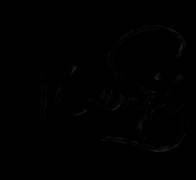
Kenji Smith Editor in Chief
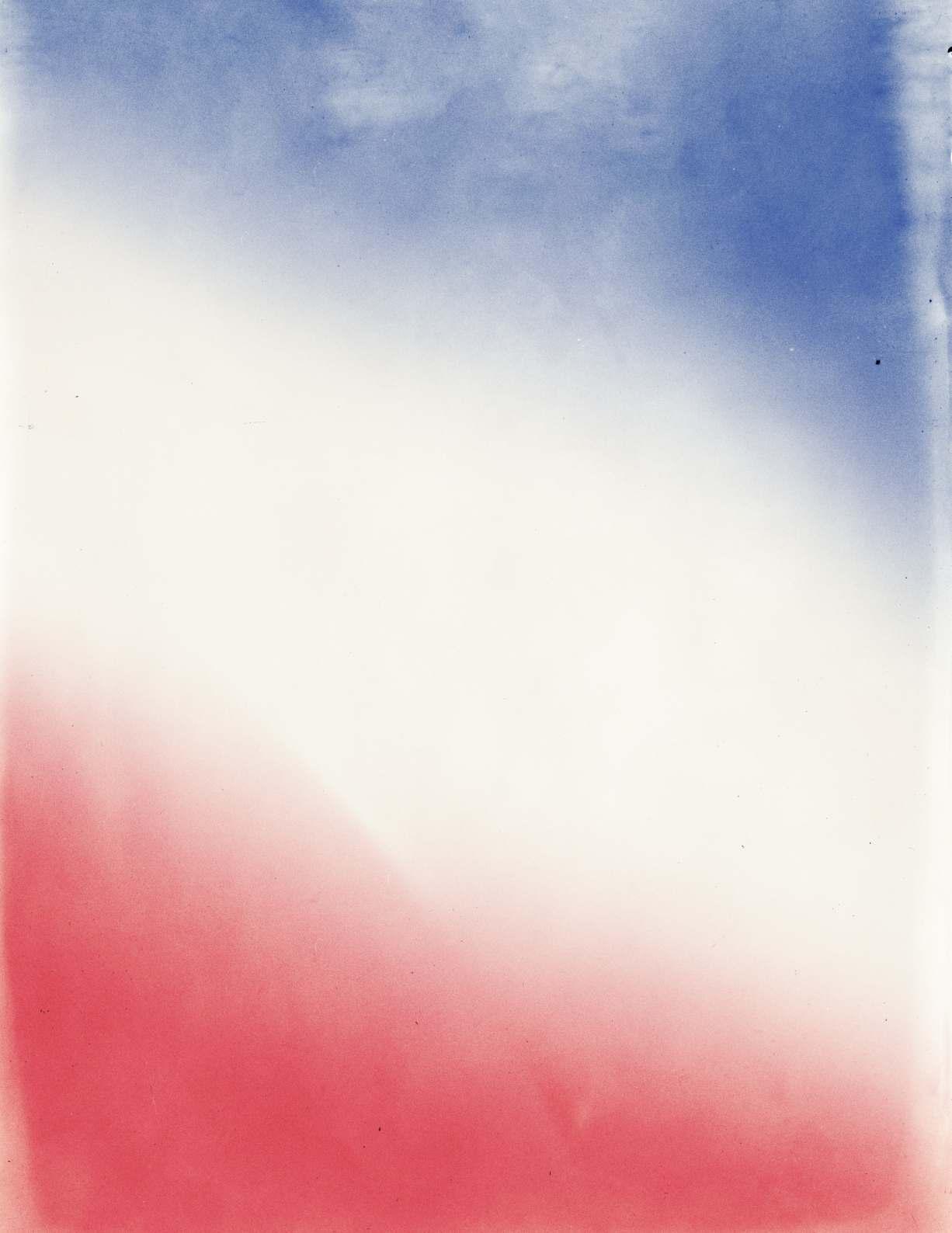

EDITOR IN CHIEF
EXECUTIVE EDITOR
ASSOCIATE EDITOR
CREATIVE DIRECTOR KENJI SMITH
ART DIRECTOR OLIVIA LUTZ
HEAD OF PHOTOGRAPHY ZOE CRANFILL
PHOTOGRAPHERS ALANA GRABAN, GRACE HUBBARD, BEN PENNINGTON, SARAH GORMLEY,ALLIE JONES, SOPHIA IVES, KATHERINE BUNSEY,ANDY SPEAR
PHOTO EDITORS MARIN MCCUDDEN,AMALIA FELICIANO
WEB EDITOR GRACE KOENNECKE
HEAD OF DIGITAL TECH ALIZA (TAZ) DUTT
PUBLICATION DESIGN DIRECTOR MADDIE JAMES
PUBLICATION DESIGN ASSOCIATE DYLAN REED
DESIGNERS ZOE CRANFILL, KELLY ERNST, RYAN GEE, ADRIANNA MERDITA, MALLORY BROWN, LUCAN FURIO, OLIVIA SEIFERT, OLIVIA LUTZ
HEAD OF MAKEUP ALEXIS KY
MAKEUP ARTISTS AND HAIR COURTNEY MIERS, AQUARIA ALBANO, JACK WILBURN, BROOKLYN BECKFORD, NATALIE SCHNEIDER, KILLEE LEONARD, CLAIRE LOVINSKI, RILEY CLARK, MARIKO COOPER
D.E.I. COORDINATOR HALI BRIDGES
COMMUNICATIONS DIRECTOR RILEY BROWN
JOEY EARLEY
MIMI CALHOUN JACK WILBURN
TREASURER SCARLETT FRIED
COPY CHIEF LIBBY EVANS
BLOG EDITOR KATE TOCKE
WRITERS RILEY BROWN, LIBBY EVANS, JEN FOSNAUGHT, OLIVIA TROWBRIDGE, SYLVIE BALLOU, GRACE KOENNECKE, AIDAN COX
HEAD OF VIDEOGRAPHY LILITH ROBERTS
VIDEOGRAPHERS PEARL HARRIS, SOPHIE HINER,TORI KYER, RILEY CLARK, MARIN MCCUDDEN,TREE WENDELL, RANJINI SHANK
HEAD OF STYLING LIV URLAGE
STYLING ASSOCIATE ASLYN FANNIN
STYLISTS SARAH GOEKE, SOPHIE UNTERHASLBERGER, SYLVIE BALLOU,AQUARIA ALBANO, LUCIA GRUNDEN, ARIANA ALAMO-MARTINEZ, HOPE OELKRUG, STELLA WILLIAMS, KATE TOCKE, MARIKO COOPER, SHEA O’FLAHERTY, HARLEE SHAE, SARAH ZODY, KELLY ERNST, MAIJATHOMAS, LIBBY EVANS
HEAD OF EVENT PLANNING HALI BRIDGES
HEAD OF PUBLIC RELATIONS RILEY CLARK
PUBLIC RELATIONS ASSOCIATE GRACIE STENGEL
PUBLIC RELATIONS KATE TOCKE, LIBBY EVANS, ANNA PARASSON, COURTNEY MIERS, RILEY CLARK, GRACIE STENGEL, RANJINI SHANK, OLIVIA BRINKS, SALMA ZERHOUANE, KALILA LIGHTLE, CAITLIN KOWALSKI
HEAD OF FASHION SHOW NORAH LEFLORE
Shea O’Flaherty, Pearl Harris,ArianaYanez, Lucia Grunden, Diego Buhay, Adam Eithman, Maya Caron, Courtney Miers, Olivia Seifer, Natalie Schneider, Sophie Hiner, Kenny Johnson, Brianna Jones, Jireh Burton, Liset Morales, Phoenix Garcia Curry, Cecilia Cervantes, J Pressley Mcilwain, Liv Urlage, Sunee Watthanaphand, Liv Huck, Claire Lovinski, Sa’Nya Sutton, Sarah Goecke, Nicole Souza,Anna Parasson,Aquaria Albano, Libby Evans, Sylvie Balou,Anaylssa Torres, Harlee Shae, Riley Clark,Tora Blamer, Kelly Ernst, Owen Orille, Chloe Gatoo, Mallory Brown, Isabella Jiminez,Tabby Dos Santos, Brooklyn Beckford, Donovan O’Malley, Emma Seyfang, KateTocke, Hannah Mooney, Joey Earley, Elise Jackson, MaijaThomas, Britnie G, Evie Sears, Kilee Leonard

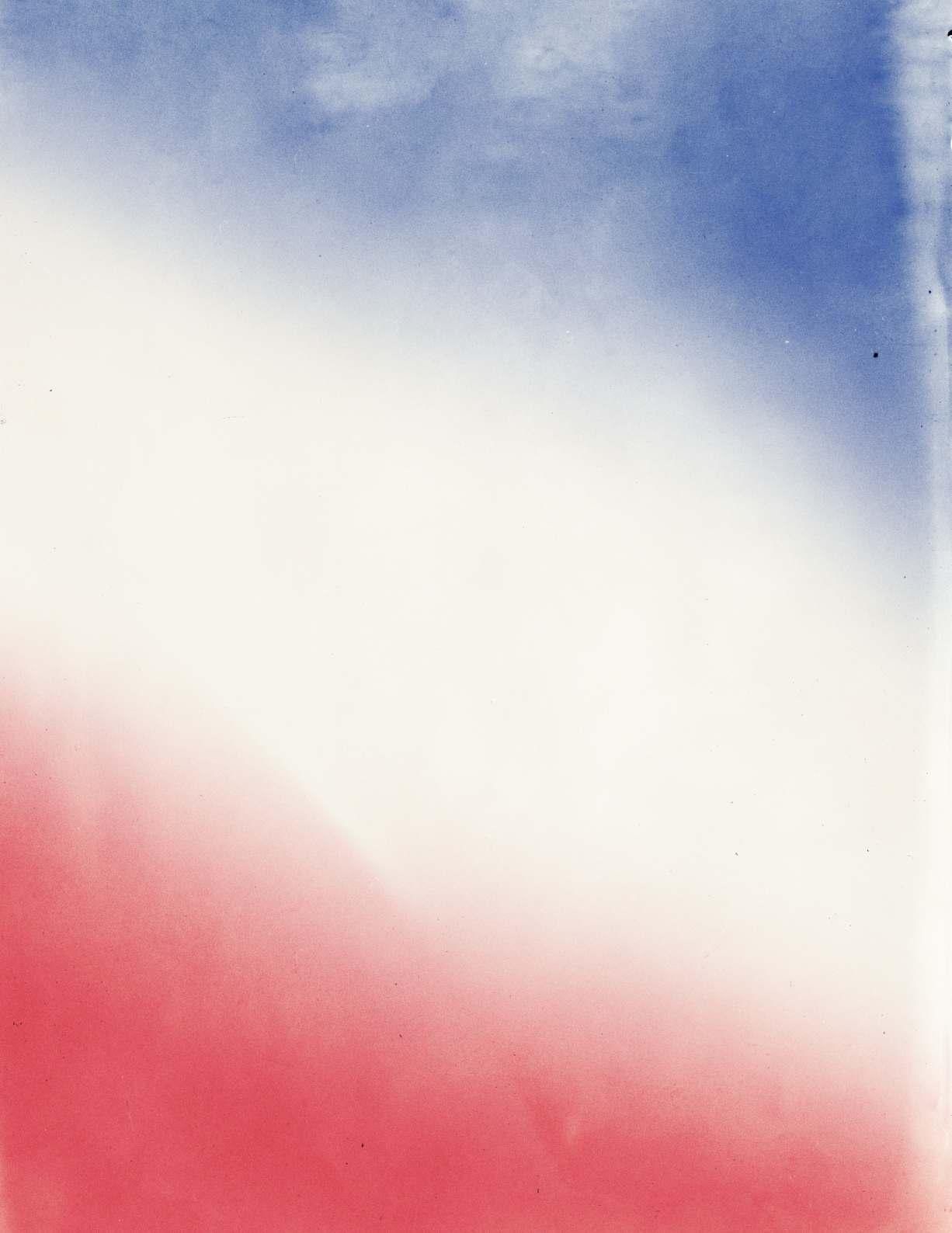
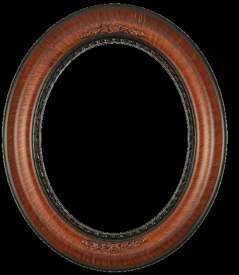

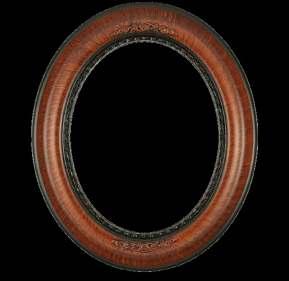









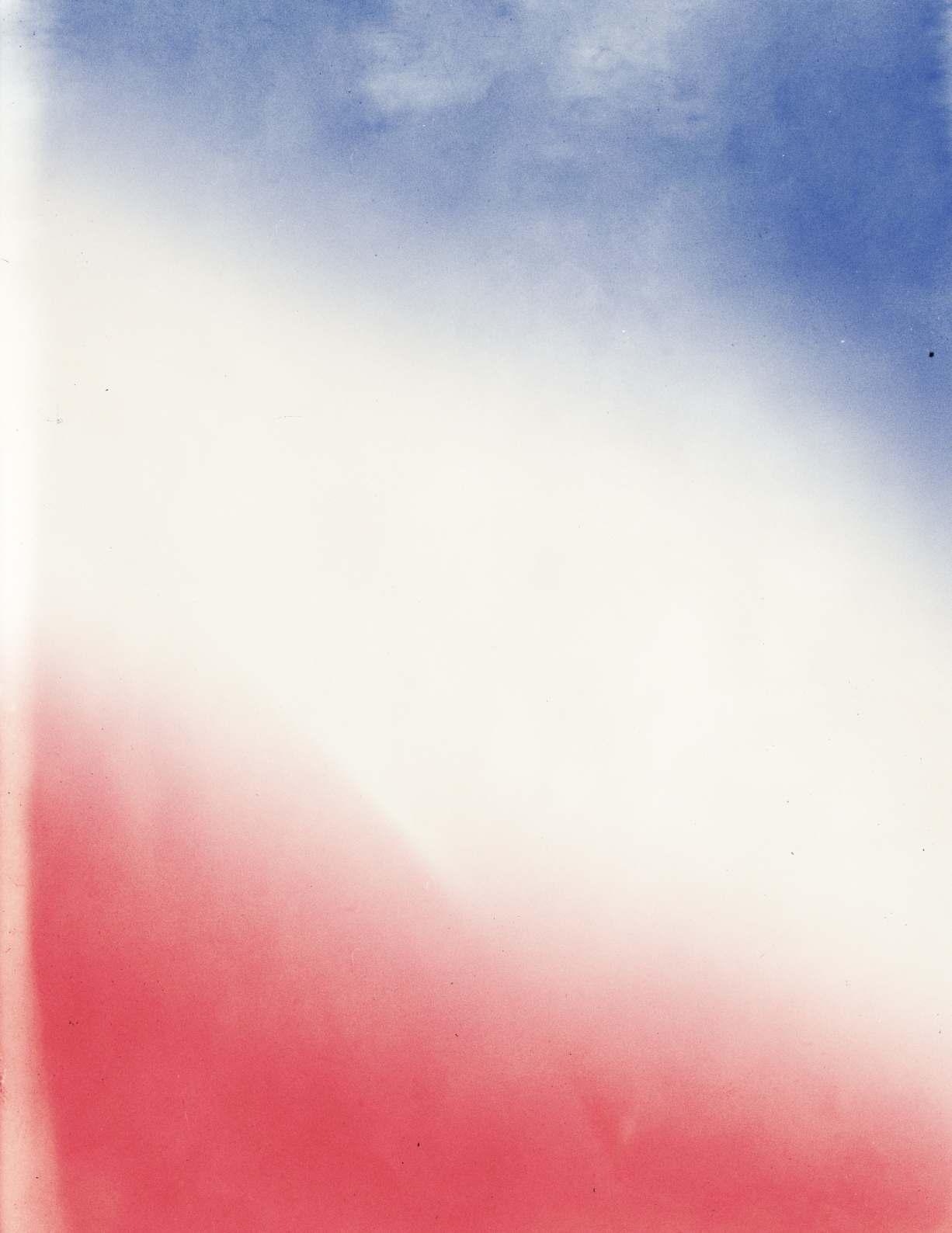



















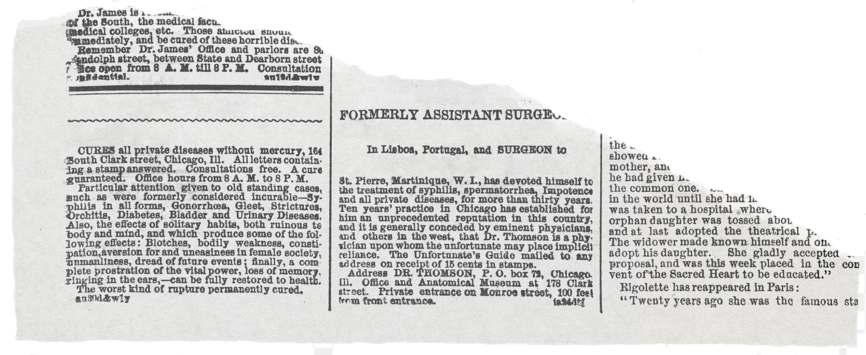










WRITTEN BY RILEY BROWN DESIGNED BY MADDIE JAMES


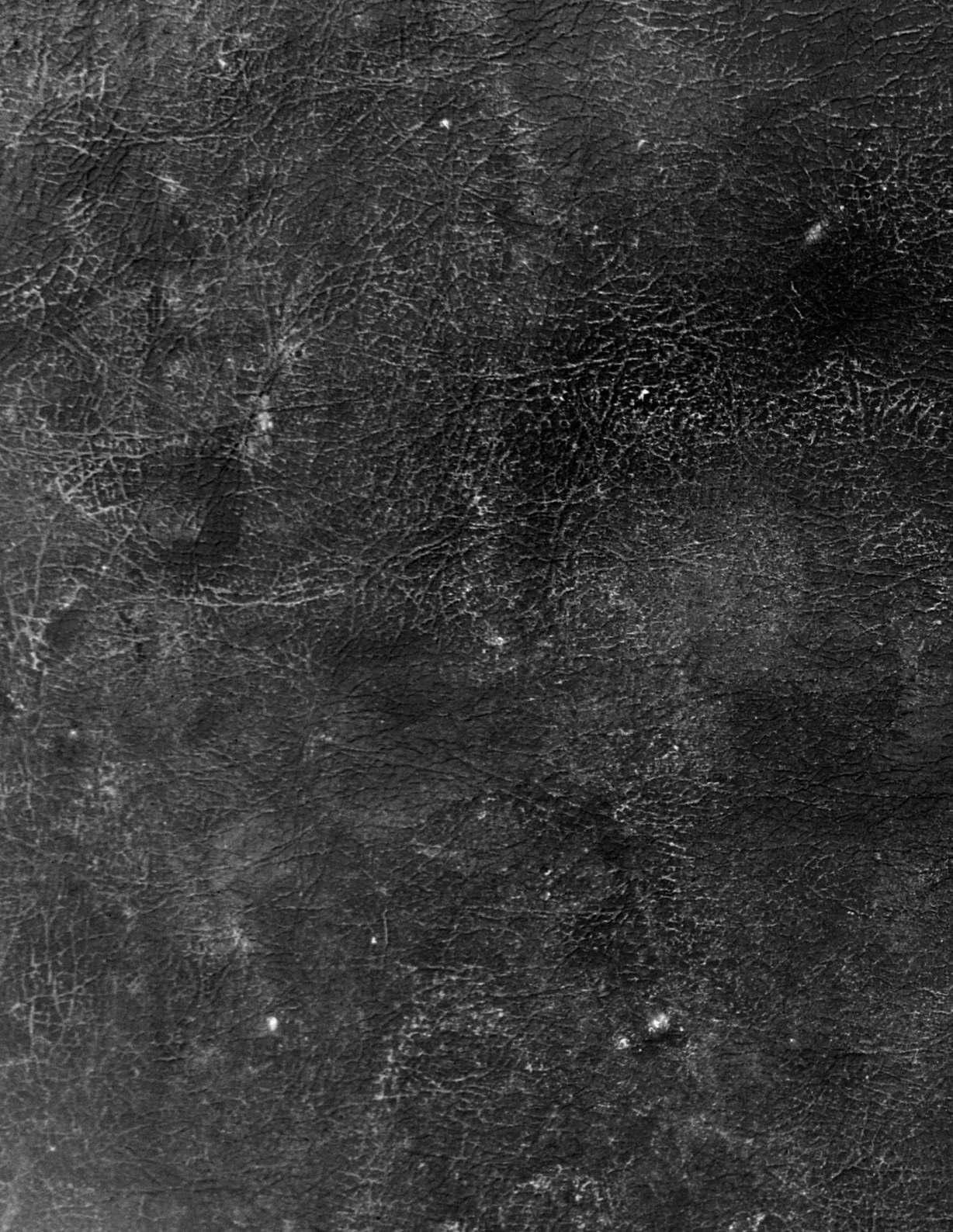


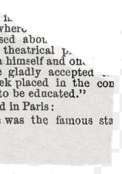


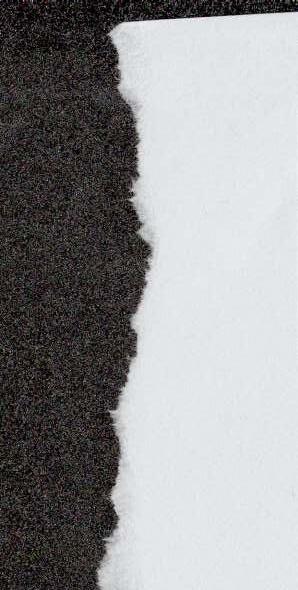


Flurries of fake news and plights of pretentious headlines aren’t in short supply within the sphere of journalism in the 21st century.Media heavily relies on clickbait,fearmongering and stretched truths preying on emotions and creating an environment of distrust. Especially for younger generations such as Gen-Z, there’s a desensitization around the topic. We’ve grown to expect outrageous headlines, as they flash across our screens or adorn news outlet websites. When it comes to politics,honest reporting has turned into shaming the opposing side. Is there hope for us to return to a cordial state of good-natured politics and honest reporting or is that left to the past?
We live in an age when any piece of news we desire is at the tip of our fingertips— real,fake or otherwise.Attention spans have shortened with the rise of social media, catchy headlines and dramatized videos via TikTok or Instagram. As a result, these platforms have become the easiest way to consume news.They not only satisfy short attention spans but also satiate the growing appetite to know what’s going on at all times. Media has the ability to be spread at an all-time high with shares,engagement and vast outreach. As a result, the content can be pushed out to thousands in a matter of seconds. Obvious positives stem from the accessibility of news to hit its target audience as well as its overall exposure to diverse narratives and perspectives. However, the cons of this spread can be the lack of general accuracy due to its speed associated with its massive global reach.


content we consume is even informing us anymore or just baiting us for our attention. It's more common than not to loosely follow news, and it’s understandable why. Good news doesn’t necessarily sell as well as news that draws attention to its negative stimuli, especially when the news pivots to a political sphere. Bashing one’s opponent and circulating rumors on why they’re not qualified to run for a certain position has become more common as the 21st century has stretched on.Certain news sources are biased while others are untrustworthy, and it makes deciphering a true sense to all of this nearly impossible. Due to this, much of Gen-Z chooses to remain “moderate” in politics due to its nature to fall into various gray areas.



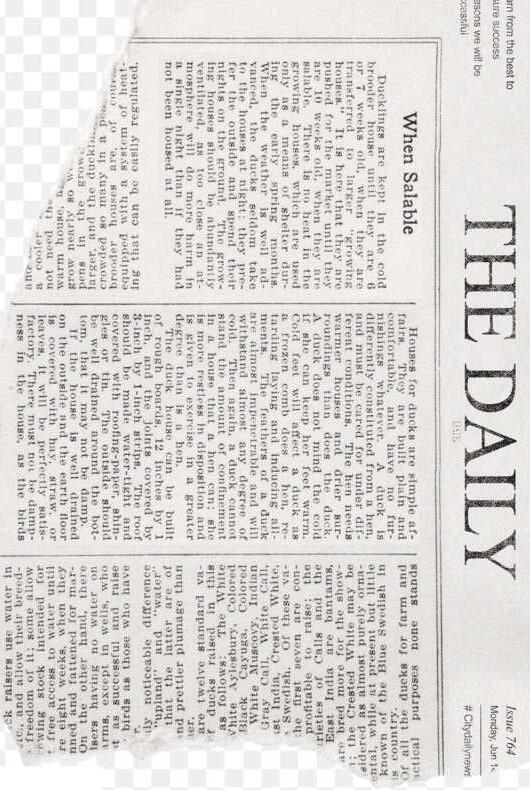
Almost anything can be considered news now. Whether it’s deeply controversial or menial celebrity gossip, “news” can sometimes sound a lot like “increased views.” Polarization of conflict is used for economic gain which can create disruption


So, is gaining trust back within the news possible? I’d like to think so, but we’re far from where we need to be in order to make that happen.The future of journalism is an uncertain one, especially in the Western world. In addition to quick, eye-catching headlines, there’s the presence of artificial intelligence and algorithms that personalize what you see. However, nothing can take away an individual’s power to create, inform and go back to their roots of honest reporting.Although no one can ever control what others do,we have to hope that in the future people will be more willing to choose ethics over exaggeration.
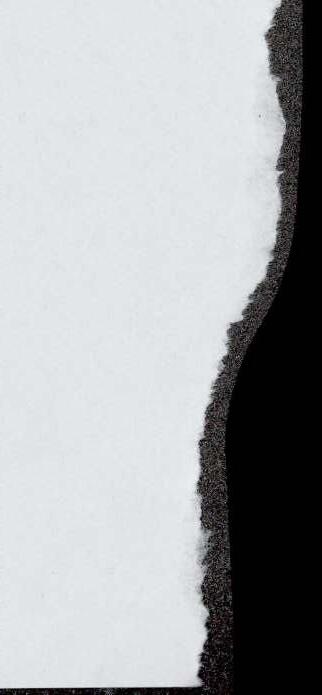

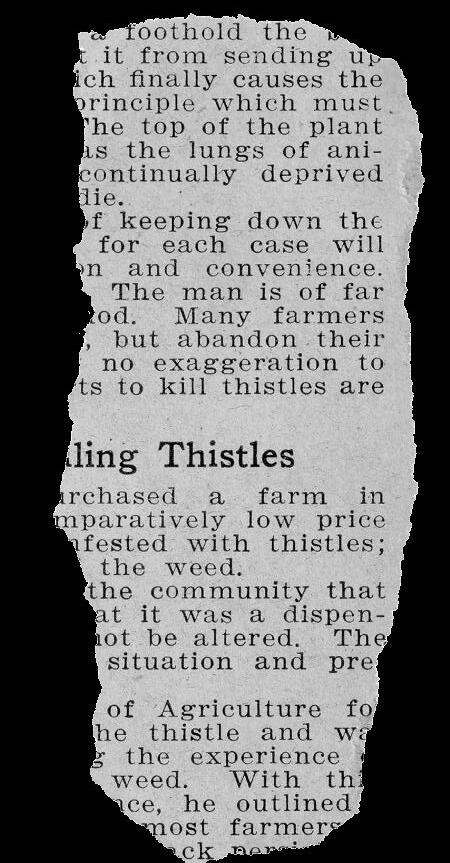
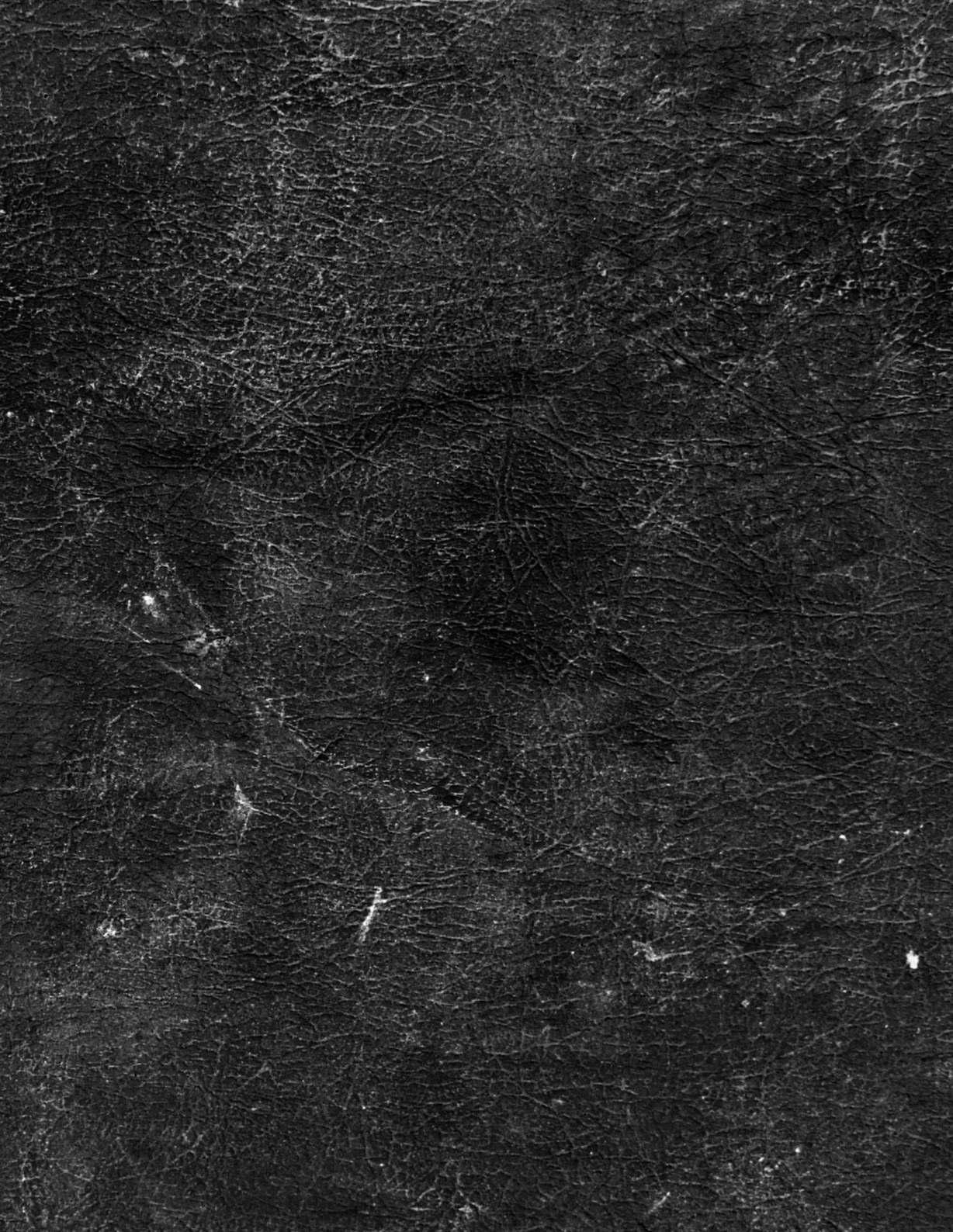

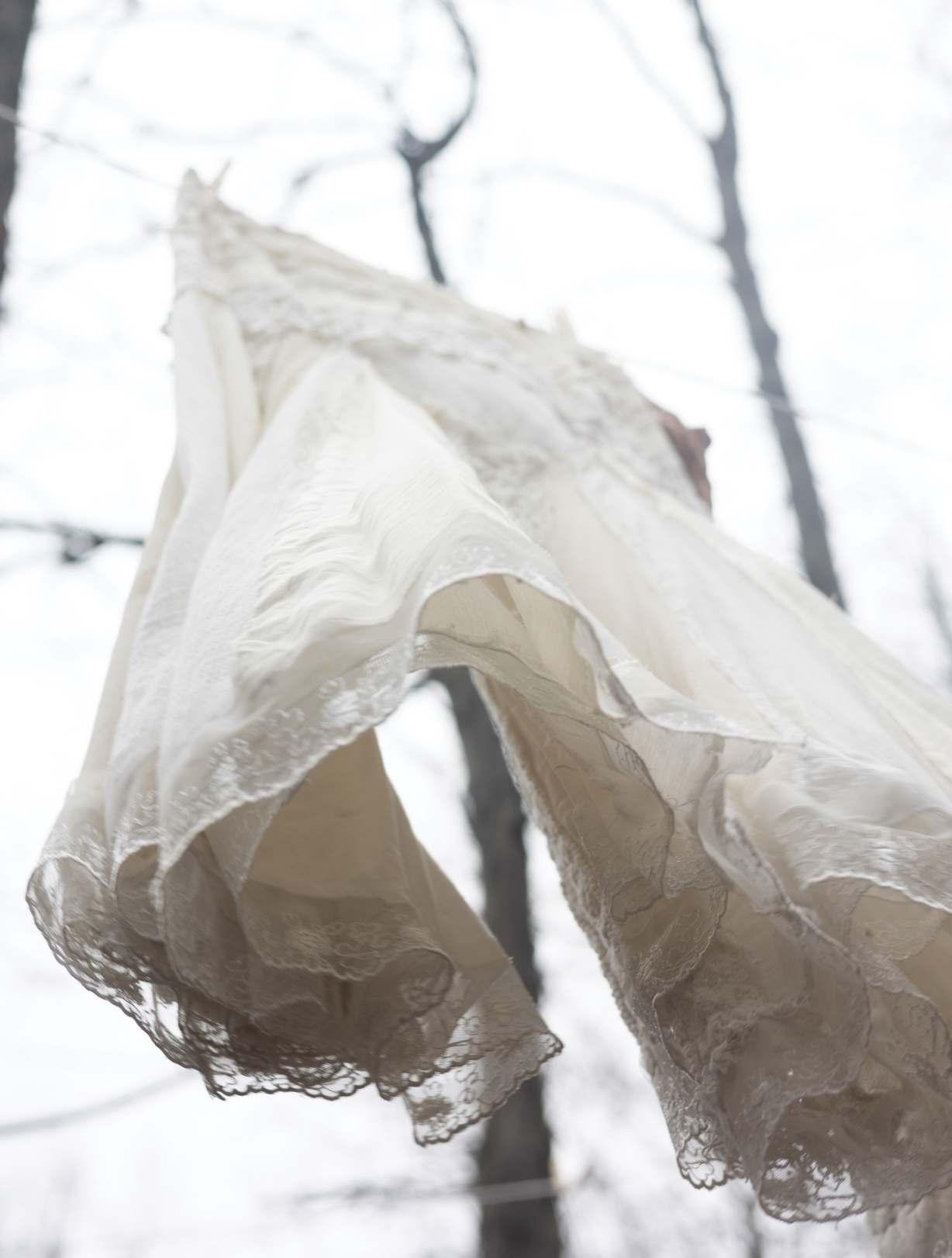
STORY BY LIBBY EVANS
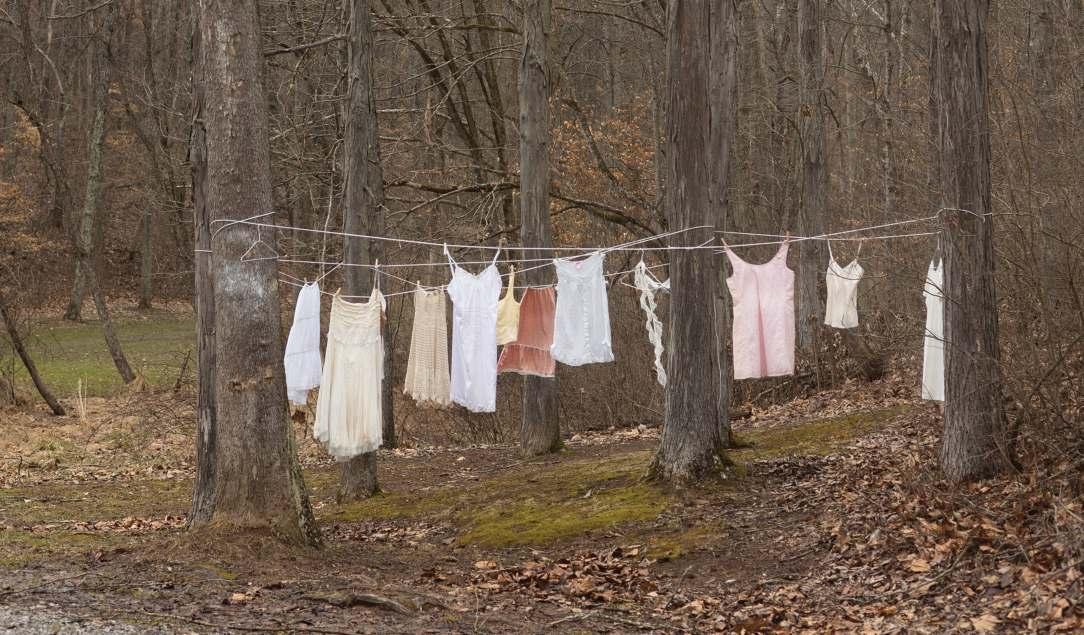
Native American women and girls are constantly taken, murdered and abused, and the first step to change is understanding. According to the Indian Law Resource Center, more than four in five American Indian and Alaskan Native women have experienced violence,and more than one in two have experienced sexual violence. In a study looking at four areas within the U.S. and Canada, 40% of sex trafficking victims were Native American,a group that only takes up 10% of the land.
A large part of the problem stems from a lack of reporting,or misreporting on cases,and a decay of Native criminal and civil jurisdiction of their own land.This is a national epidemic and disregarded genocide on women,our country’s own.Two Ohio University professors, Katherine Jellison and Catherine Cutcher, discuss the history and implications of missing and murdered indigenous women, and what
it means for everyone, whether directly affected or not.
Katherine Jellison is a history professor at Ohio University,specializing in women’s history. She received her Ph.D. in history from the University of Iowa, and in addition to women’s history courses, she teaches a survey course on American Indian History.
Q: How has this problem escalated or diminished over time?
A: Speaking historically,the abuse of Indigenous women has been there from the beginning of European contact. Our first written documents, written by literate white men, indicate a disrespect for these women and their bodies. It’s a stereotype about African women as well.
Rape was a means of colonization.It was a means of conquest and a weapon of war. It’s not that there is more of this activity that has caused the disappearance and abuse of indigenous women,it is that we just have publicity about it for the first time.


Q: What’s a pattern or insight you’ve observed in abuse against women while studying women’s history?
A: It comes down to one word:misogyny.It is hatred and disrespect of women that, to a great extent,our current society seems all too comfortable with.Any woman can find herself on the receiving end of those attitudes in a physical weight,but historically,that act out of misogyny has been on the bodies of women of color more so than white women.There are women who are young and single and maybe don’t have a fixed permanent residence, but the range of missing and abused women has been as young as under a year old and as old as 83.
Q: Are there any stories in history of oppression similar to this that were resolved?
A: During the time of the gold and silver rush out in theWest,(there was) a large population of unattached young white men going out to make their fortune in the mining industry that really disrupted Indigenous life. Much of the work was done by women as gatherers. This idea of Indigenous women being there for misuse by white men disrupted the ability of people to feed themselves because young women didn’t feel safe going out in gathering parties. A couple of sisters were kidnapped and held captive by four brothers who gangraped them.Finally,the girls were rescued,and the men were killed by members of the girls’ tribe.There was an amazing Northern Paiute woman named Sarah Winnemucca, and she became kind of a go-between between the Northern Paiutes and white Americans.


Sarah said,‘Indigenous women are being kidnapped, murdered and sexually violated.It’s caused starvation among my people,and someone needs to pay attention.’ One of the things Sarah Winnemucca urged was,‘You might not like life on the reservation,and it certainly won’t be traditional life, but it will be more protected than continuing our traditional life under this new reality.’ I think we need another SarahWin; a mockup, like what Martin Luther King did for the Civil Rights Movement.
Catherine Cutcher is the associate director of the Center for International Studies at OU and a professor teaching various international studies courses. Cutcher has an academic background in anthropology, African studies and women’s gender and sexuality studies. She has done research in Kenya studying women’s organizations, and she discovered many parallels between the lives of these women and the ongoing problem of missing Indigenous women.
Q: How would you say your specific expertise of study is interwoven with this topic?
A: In Kenya,when they came in contact with British people,they had different understandings of gender complementarity and gender relations. I can see a lot of parallels between what I saw in Kenya and what I see happening to Indigenous communities here. I think it’s really a global story. I think very few people look at colonization itself as a cause of violence against women,and that systemic perspective is what is needed here.
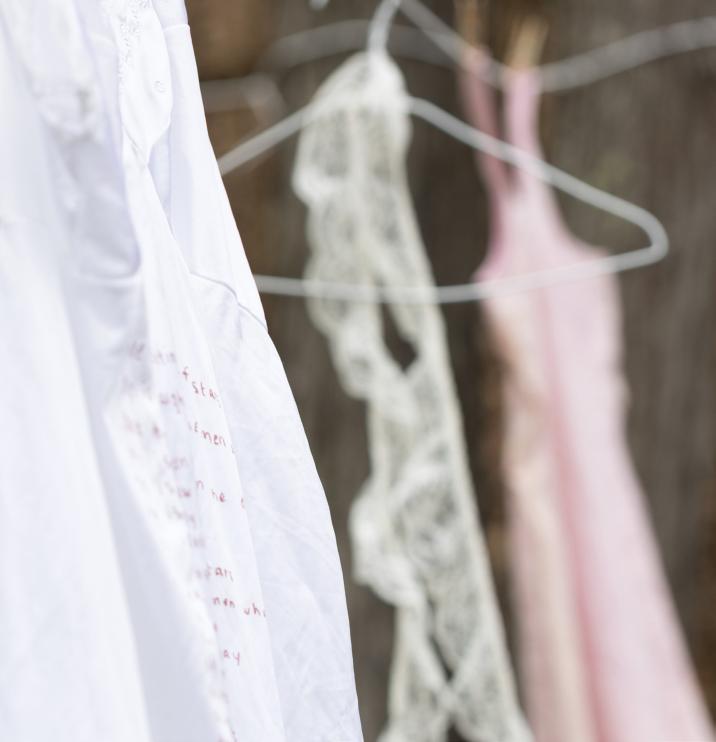

Q: Do you think the cause of this abuse is purely racism and hatred, or could it also be from the systematic lack of resources and protection making these women vulnerable?
A: I think it’s racism and sexism, right? There’s a reason women are being targeted, and I think part of it is people think they can do whatever they want to Native women with impunity. Part of the problem is Native women,especially if they live on reservations,(have) a jurisdictional challenge.Since 1868,we’ve had the 14th amendment that says anyone born in the United States is a U.S.citizen,but people are pushing back on that saying they want to take away citizenship from children of immigrants, but also from indigenous people.
I think there’s this kind of misunderstanding of who is responsible for enforcing the law for Native people. People think ‘We can do whatever we want to Native people because nobody will know how to enforce this,and no one will investigate it.’I think it’s a combination of racism and sexism.It’s that intersectionality of identity that Native women get stuck in, and it’s the same for trans(gender) women and black women.

Q: As a professor, do you think something is missing in education, and we’re not talking about this enough?
A: We always say we’re a nation of immigrants, but actually, there were Indigenous people here long before Christopher Columbus, or anybody else (that), came from Europe.A lot of my students are like, ‘Why am I a senior in college,and I’ve never thought about this before? I’ve never learned about Native American history.
One of the things I’m concerned about is this push to limit what gets taught in our curriculum,and this limit on diversity,equity and inclusion (DEI).We want to learn about the diversity of this country and all of our histories.They’re trying to vilify that and say that somehow promoting DEI is, in itself, racist. I think that’s the biggest problem we have right now– trying to convince lawmakers and people who are in charge of schools and curriculum.They call it critical race theory,but it’s actually not critical race theory, it’s American history.They don’t want us to teach the truth about Indigenous history,black history,women’s history, LGBTQ history, Asian American history, Latino history.They don’t want any of that.


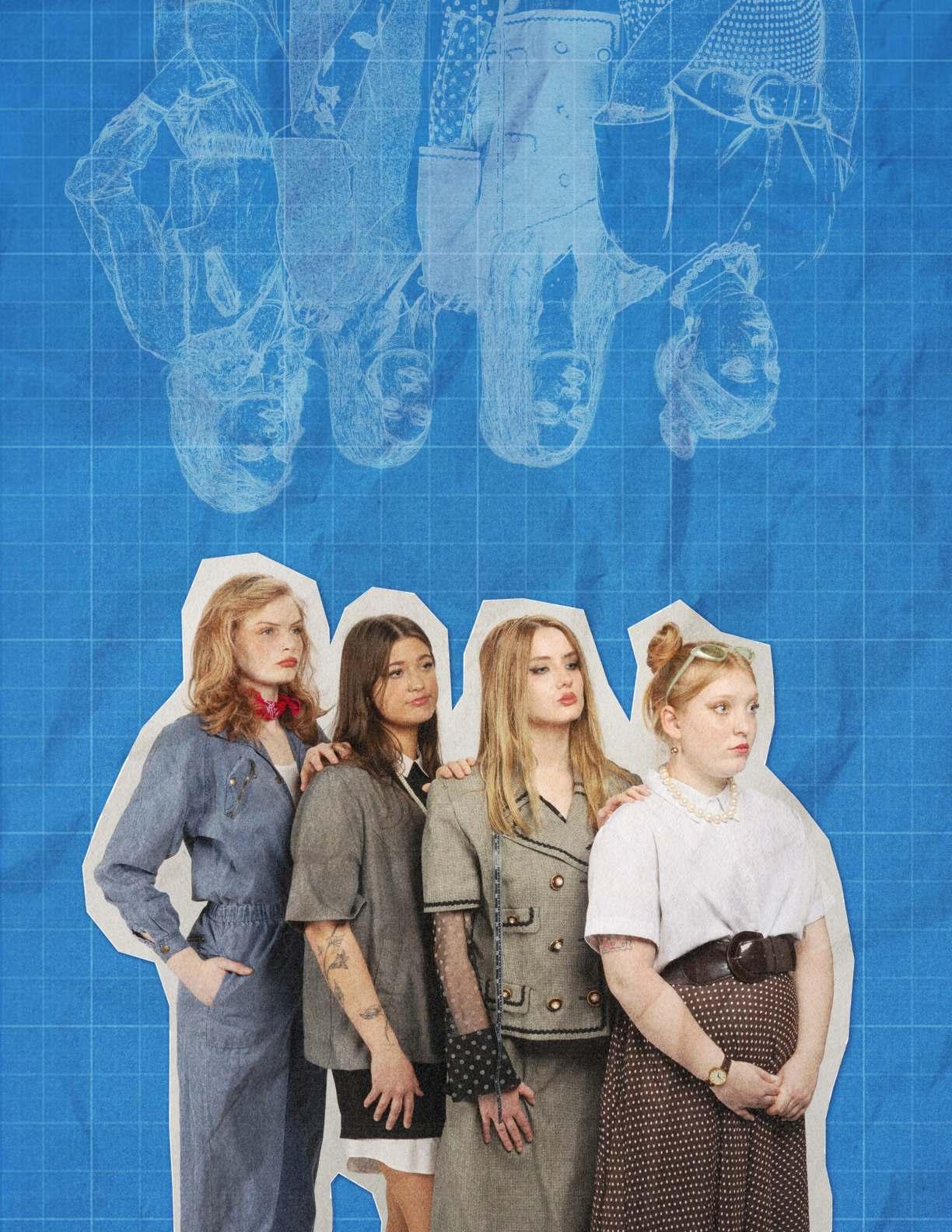
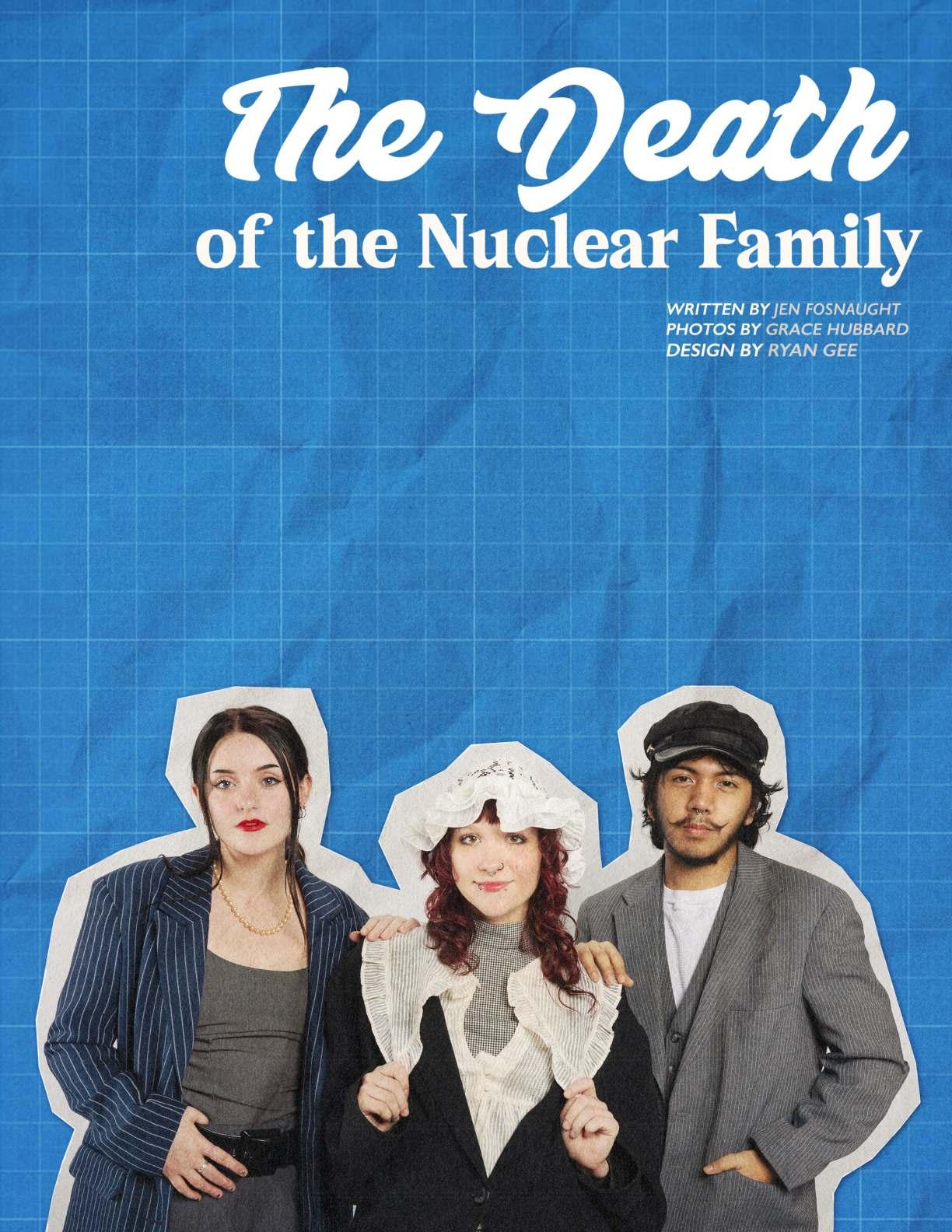
Nuclear families used to be all the rage with over three-quarters of the U.S. fitting into the style. However, it’s safe to say the traditional nuclearstyle household has greatly decreased in popularity and is slowly becoming far from the American standard. According to the U.S. Census Bureau report of 2022, 47% of households are made up of married couples, which is down from 71% in 1970. It’s easy to take for granted just how much flexibility there is in the modern day when it comes to lifestyle choices, but back in the 1950s,a nuclear family was the expectation.The average woman in the 1950s served the role of a housewife or a caretaker while the husband served the role of provider.
The downfall of this restrictive lifestyle can mostly be attributed to the feminist movement of the 1960s and 70s,known largely as the“Second FeministWave,” which framed women’s rights in a new light and allowed for more freedom in lifestyle choices.The novel,“The Feminine Mystique,” published by Betty Friedan in 1963, is largely attributed to sparking the Second Feminist Wave. In her novel, Friedan detailed the feelings of isolation and depression housewives suffered through and the hidden lives many found to be suffocating.The book even sheds light on the commonplace use of the drug Valium by housewives as a method of coping. perfect “American Dream” lifestyle was truly as perfect as it seemed.

Women soon after began to join the workforce and the home structure shifted,leaving the mainstream typical housing style with two parents and two children in the past.According to Pew Research,every generation from Baby Boomers on has had over 50% of women employed and in the workforce, compared to the 40% of the“Silent Generation” that popularized the nuclear family.Millennials sit at 72%.Women joining the workforce isn’t the only thing pushing nuclear away from the normal,as recently,both married households and households with children have been declining in popularity.
The trending phrase and lifestyle of DINKs, Dual Income No Kids, has been gaining fame, with couples using the hashtag or phrase to showcase their childfree (usually travel-packed) lives. Many videos on the topic have gained over a million views, and usually are filled with comment sections of people jealous or aspiring.Where nuclear families were once viewed as the perfect American goal, lifestyles featuring no kids have now been framed as glamorous and enviable. Influencers showcase their travel destinations, highbudget grocery trips, well-loved pets and their easygoing lives.The trend of DINKS has moved in tandem with the United States birth rates on a record decline. Births in 2024 were down 3% from 2022 and down 22% from 1990. In a survey conducted by the Pew Research Center, 30% of nonparents aged 18-24 said they weren’t sure about having kids and 18% said they didn’t want any at all.
Medical reasons,financial reasons,the state of the world, fear of climate change and simply not wanting any are all popular reasons for choosing to remain child-free.The rate of marriage follows a similar path, with people getting married at a later age on average.In 1950, the average age of a woman’s first marriage was 20 years old, roughly the age of a junior in college. In 2024, that age was 28.This postponement of marriage affects household styles, as households featuring two married individuals have become less and less popular. The number of homes composed of non-family members, meaning unmarried and unrelated, has nearly doubled in the past 50 years.
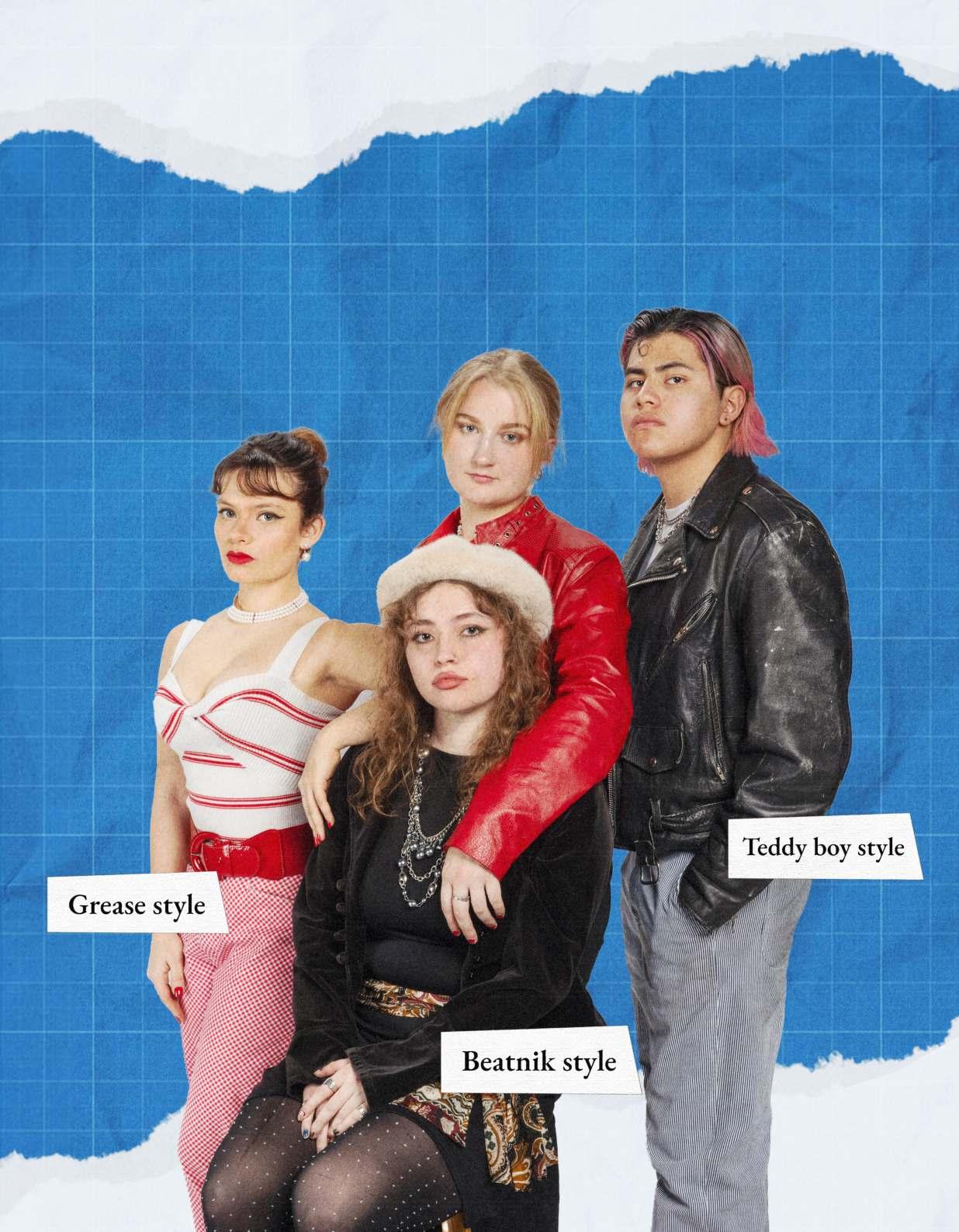

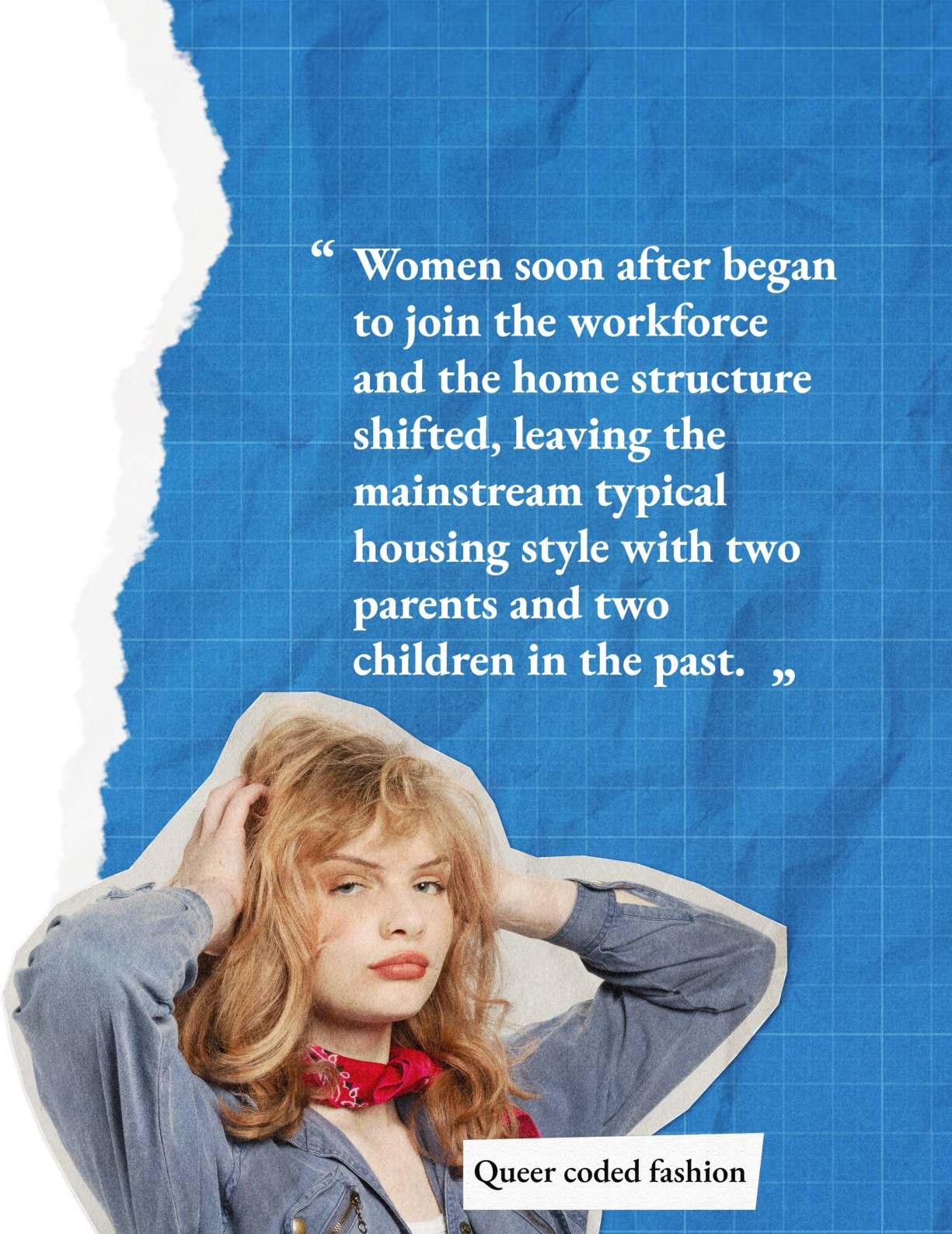

Young adults have begun living at home with parents for longer than in past generations, multigenerational homes have largely increased and the numbers are up for homes with a single man or a single woman living alone.The nuclear family structure has slowly declined as it gets replaced with these alternatives, leaving its glory days in the 1950s.
The type of people living in homes isn’t the only thing shaking up the nuclear family-style household but also the type of building. Renting has become increasingly more common with recent generations, and people are waiting longer and longer to buy their first homes.According to CNBC, the average age of homebuyers has risen by six years since 2023,from 49 years old to 56. Similarly, the age of first-time buyers has increased from 35 to 38.While this is due to a large number of factors, the main one is the rising prices of housing. Up 39% since 2020, buying a home has become largely unaffordable, specifically for those early in their careers. Generation-Z and millennials have been labeled as long-term renters by the media, with many expressing worries about not being able to afford a home in the future. Gen-Z currently owns the majority of rentals and won’t be at the age to start buying anytime soon, especially if the average home-buying age keeps going up.The nuclear ideal was founded on the idea of a husband, a wife and two children living in a perfectly middle-class home with a white picket fence and a yard. If those types of homes can’t even be bought until after people have children, then how is this lifestyle attainable to younger adults? Overall, the expensive housing climate and elongated rental economy all contribute to the timely death of the classic nuclear family and open the way for a variety of new lifestyles for future generations to explore.

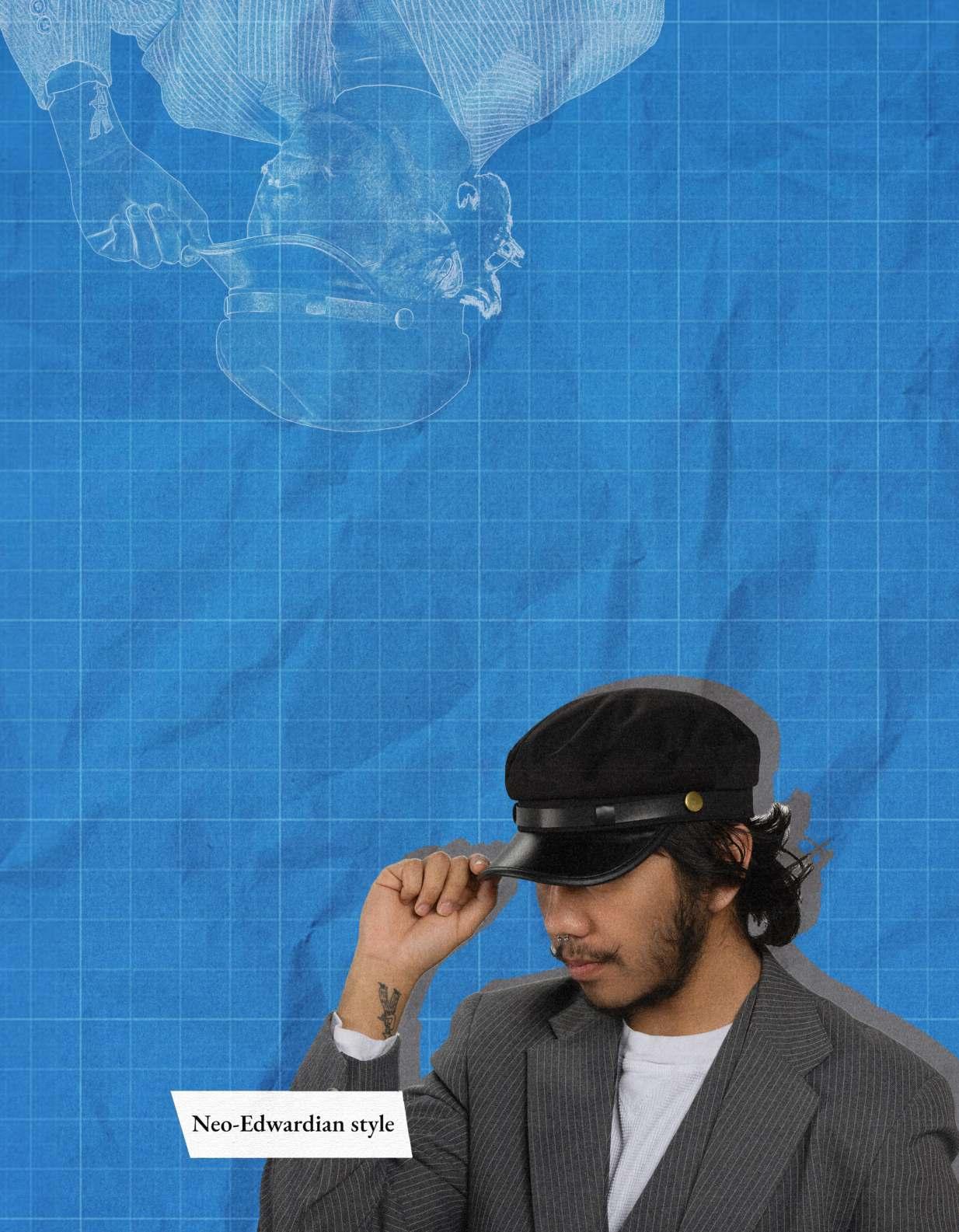
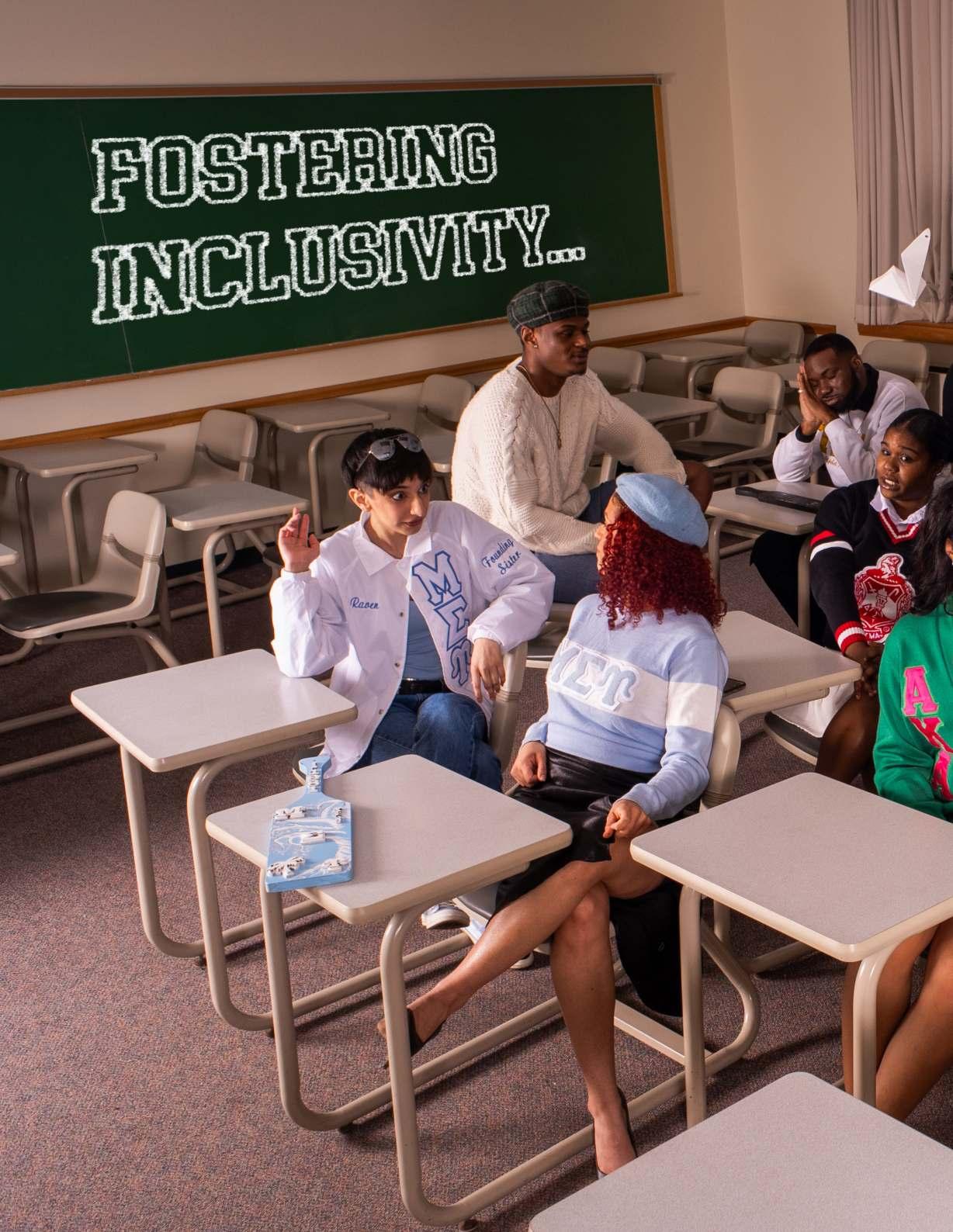



PHOTOS BY BEN PENNINGTON
Students are able to find their people in college; whether it be from a club, organization, student media publication or out on Court Street, human nature tells us to group together.The want to be a part of something greater comes from our desire for human connection.
There is a place for all at Ohio University.The National Pan-Hellenic Council acts as a governing body for the nine historically Black sororities and fraternities.At OU currently, there are six active organizations under the NPHC.The NPHC plaza,above Scripps Hall,is a permanent space designated for NPHC organizations.With thousands of students passing under Alumni Gateway freshman year, what are they bringing to OU?
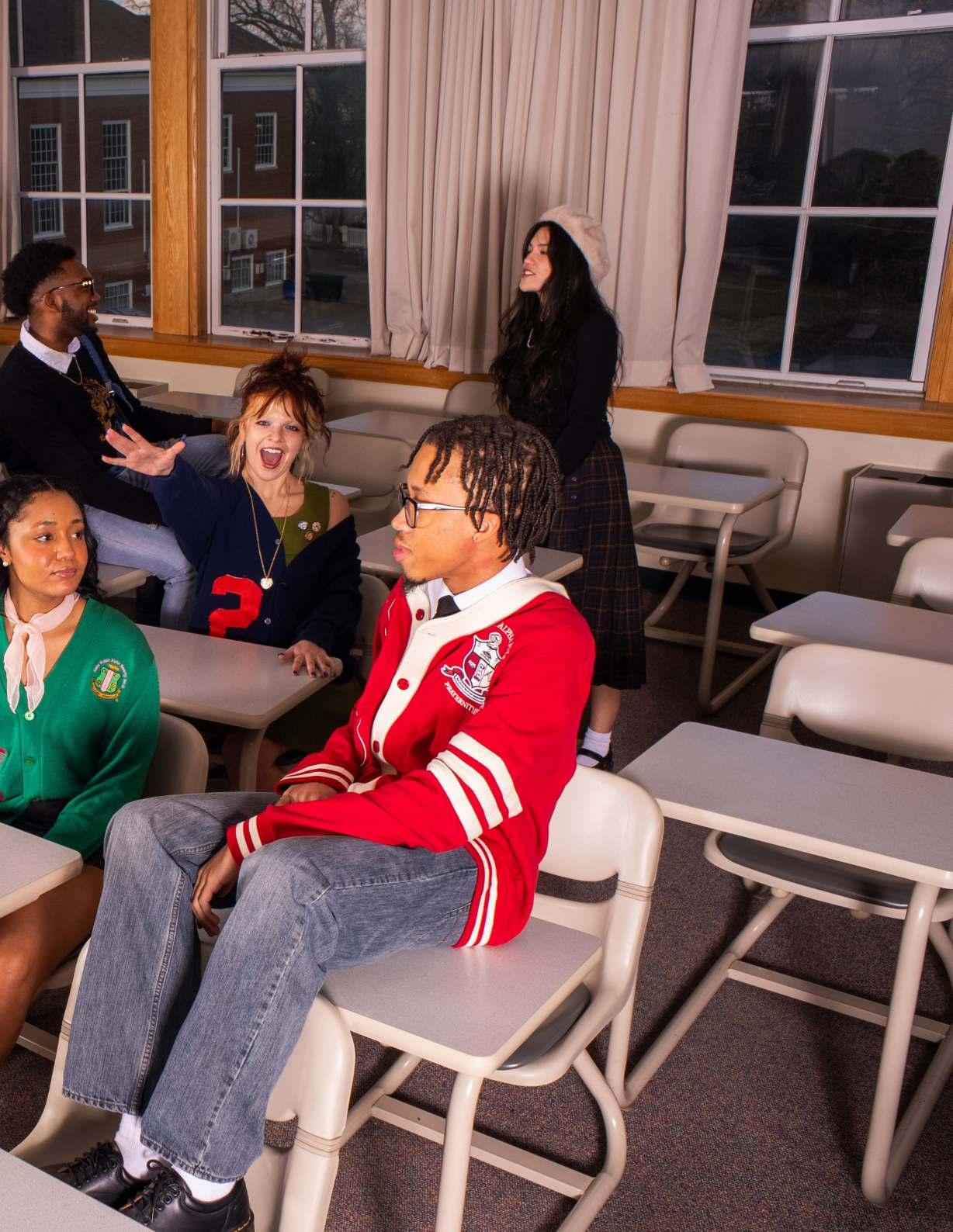


The desire to be a part of an NPHC sorority or fraternity does not come from a want to ostracize but to strengthen. Often at predominately white institutions (PWIs), the majority of coverage and sentiment spread is from organizations that don't hold diversity as a top priority. Luckily, the NPHC acts as a force to ensure students' values are upheld. These Greek life organizations have had an active presence at OU for over 50 years and have grown and supported students along the way.A page from the 1973 AthenaYearbook shows the long-upheld history and perspective of Omega Psi Phi at OU, “Assimilation and/or integration would only play down the importance of our cultural heritage,which links us together and separates us from white society. We want this. It is no statement against whites, but rather a positive statement of our blackness.”






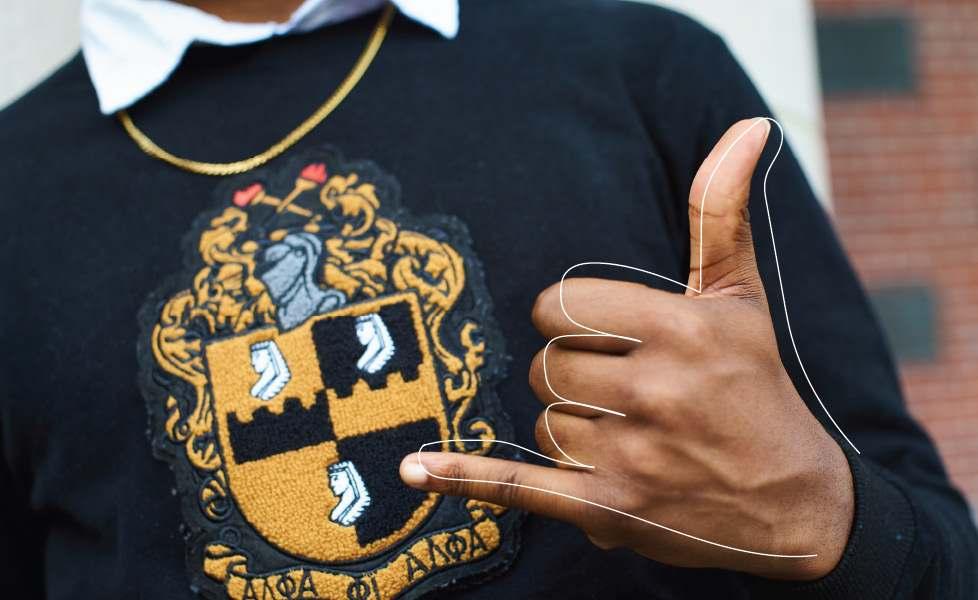

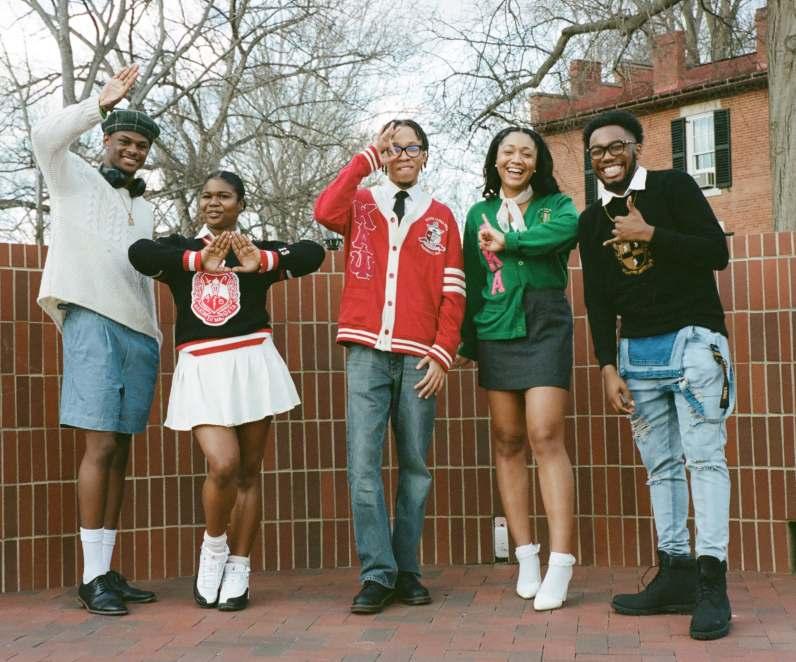

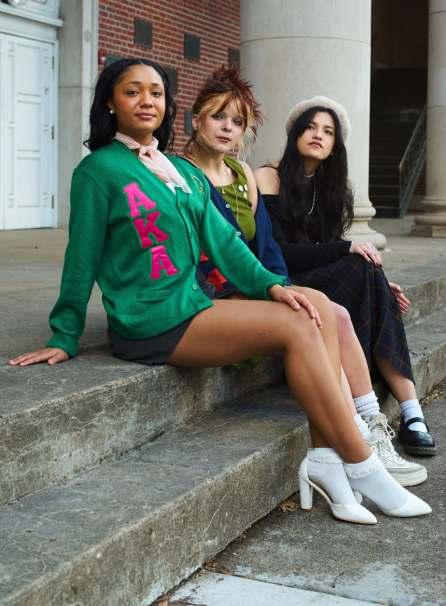
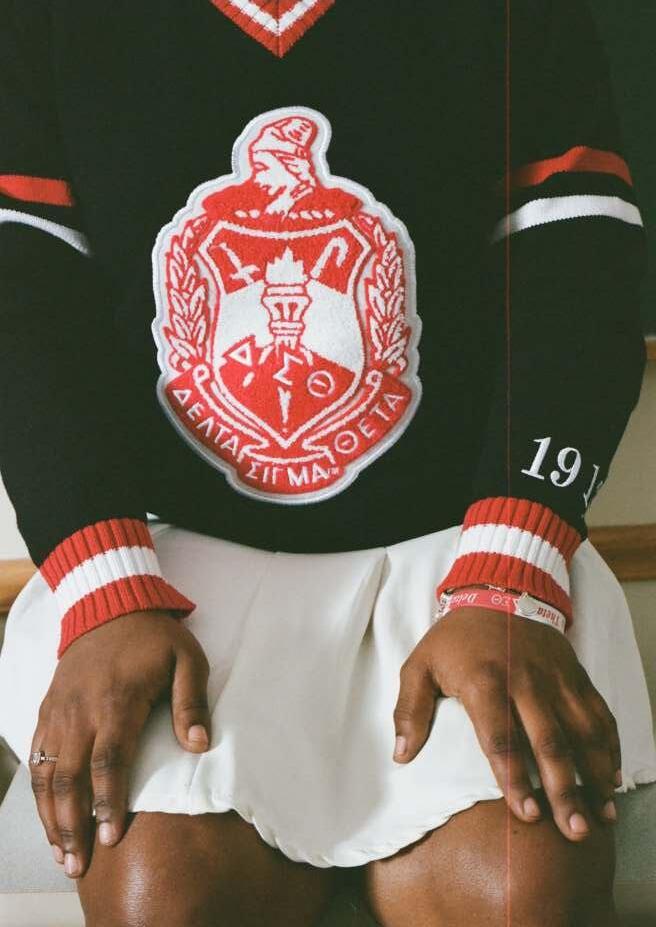
This sentiment of Black expression carries into how Omega Psi Phi express themselves today. Joshua Richardson, a senior studying communications, is the current President of OU’s Omega Psi Phi chapter and J.Mcilwain,a junior studying journalism, is the Keeper of Peace. Both brothers were asked to reflect on the 1973 quote from their fraternity. Soft smiles appeared as they glanced upon the history of their fraternity brothers from many years ago. “We’ve had different people coming from different walks of life,different mindsets all coming together under the same organization to make their communities better,”Mcilwain said.“That’s really what the goal is, and I think that quote still stands true today.We’re proud of our Blackness,and we’re proud of the diversity we bring, especially in our organization.”



The personalities and perspectives of each member contribute to the organization as a whole.Black expression brings them together,but their interests allow them to express themselves. Omega Psi Phi is optimistic for the future,with hopes of getting a university-sanctioned house, letters and all, someday soon. Richardson and Mcilwain will leave their own legacy for Omega Psi Phi, and the fraternity intends to stay a strong force at OU under the NPHC for many years to come.


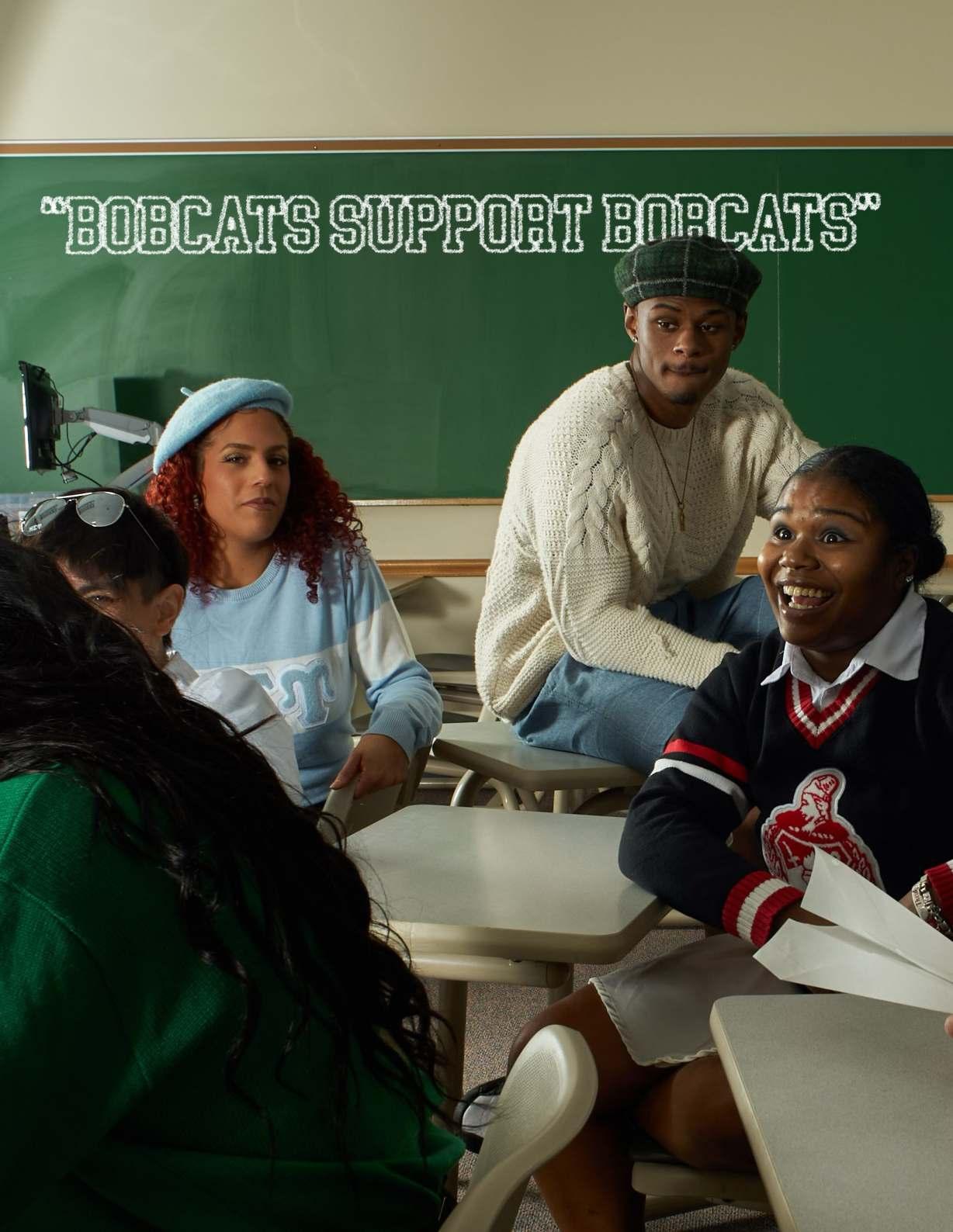





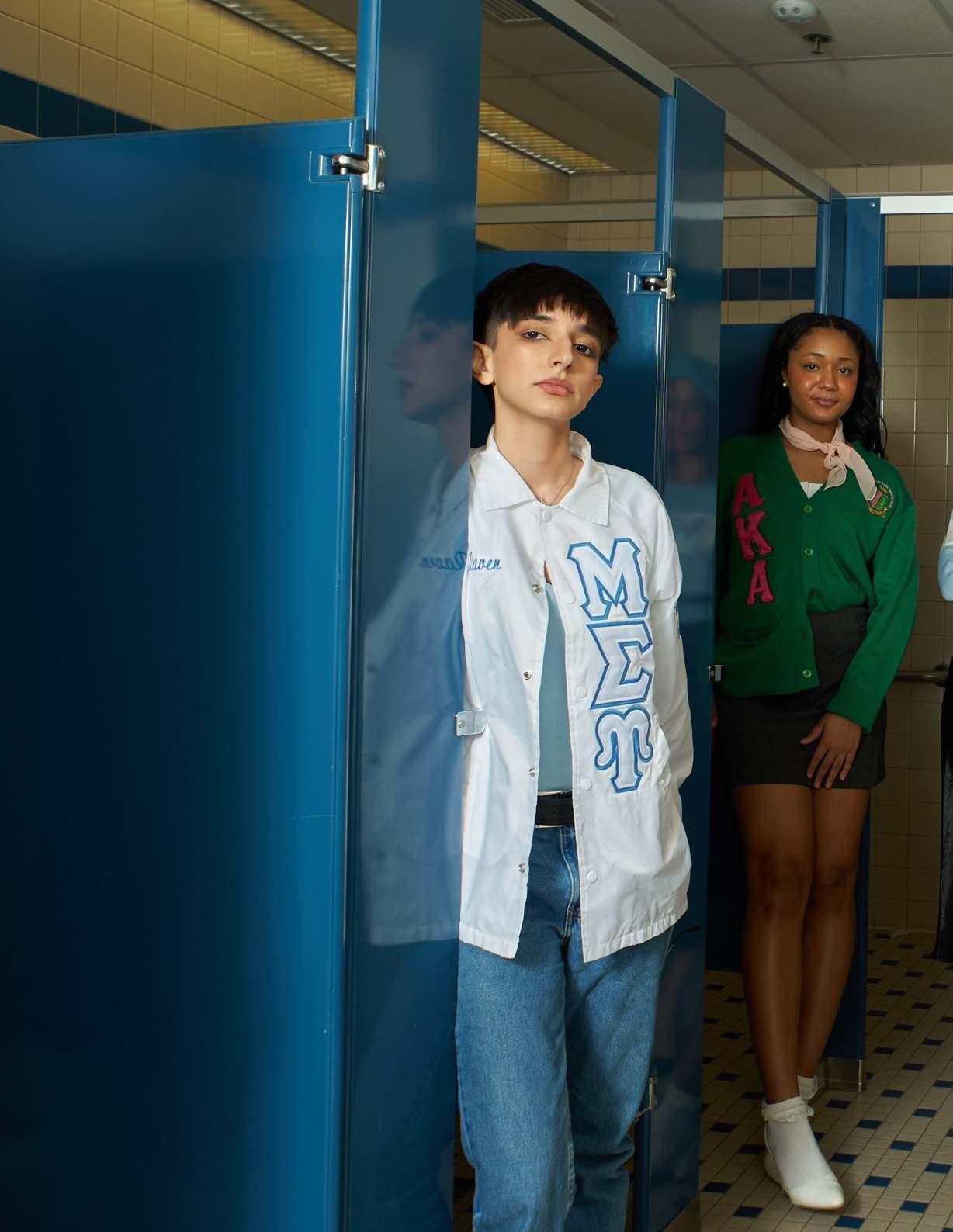
Another way Bobcats feel connected is through communication. Language brings us together, and OU’s Ohio Program of Intensive English provides that for students. OPIE caters to students who want to improve their English for both professional and social reasons.Although the United States does not have an official language, students who do not feel proficient in English often become ostracized socially. OPIE allows for assimilation into the English language without stripping away personal identity, which is integral in terms of fostering inclusivity.The strength of OU is in the perspectives each student brings.
AnnahKorpiisaninstructorintheOPIEprogram. She supports international students to learn in a familiar environment by having an OPIE instructor in non-OPIE classes. She teaches a graduate-level engineering class where there is a mix of students in and outside of the OPIE program.




“OPIE teachers go out to different departments and teach some of these classes that have large international cohorts,”Korpi said.She also highlighted the importance of interacting with multicultural students outside of the classroom, such as International Conversation Hour.
“It gives a chance for that international student to have that agency and feel empowered.”
The International Conversation Hour allows for a space for students to let their voices be heard and to communicate with one another, as it is vital to hold other cultures equal to the ones commonly expressed in Athens. All students and community members are welcome to join.
A common phrase at OU is, “Bobcats support Bobcats.” The goal of this phrase is to create an environment in which students feel supported and heard. Whether in an academic or social setting, this is vital now more than ever.College presents an opportunity to broaden perspectives and bring people together. With help from the NPHC and programs like OPIE, Bobcats are one step closer to accomplishing that goal.




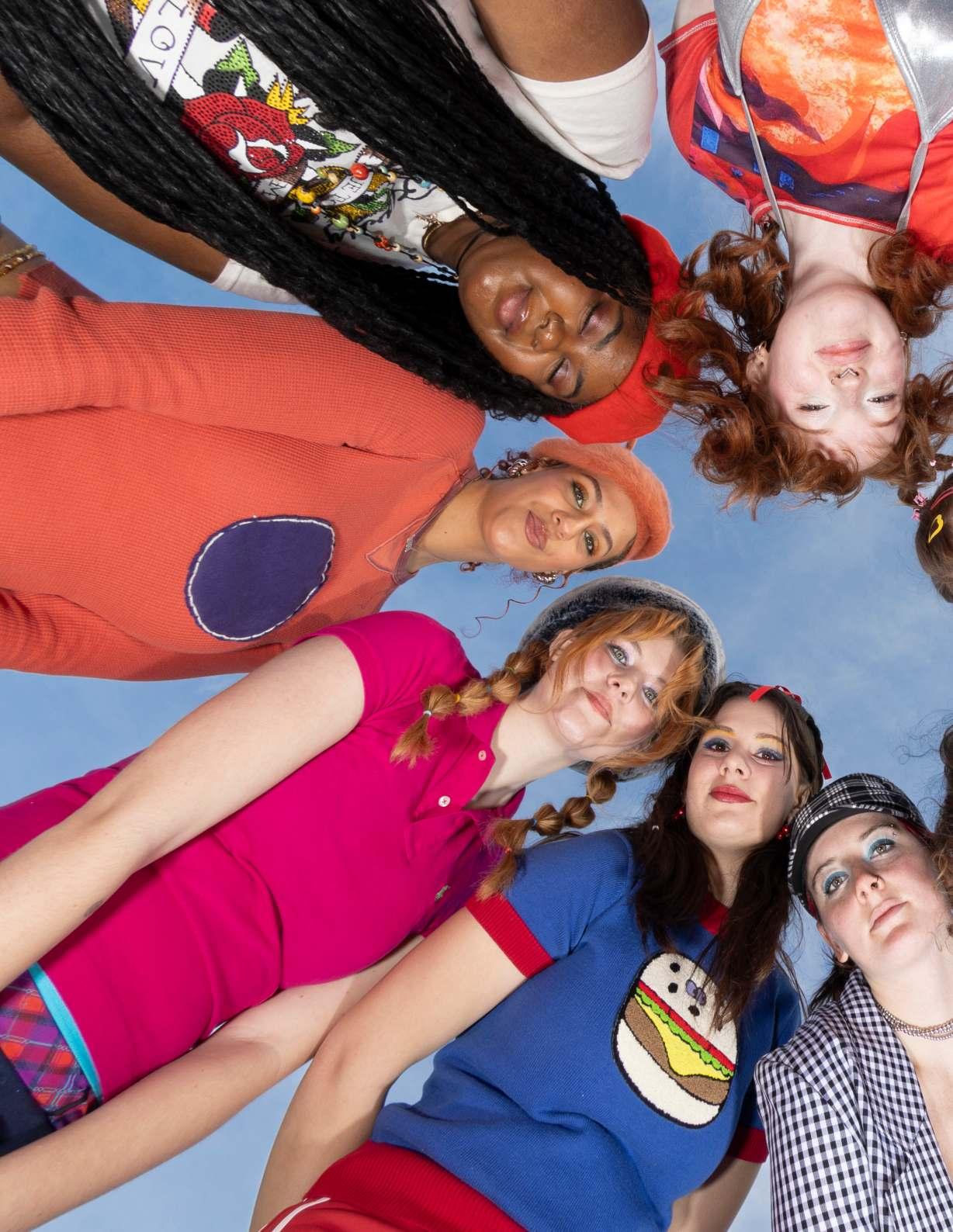
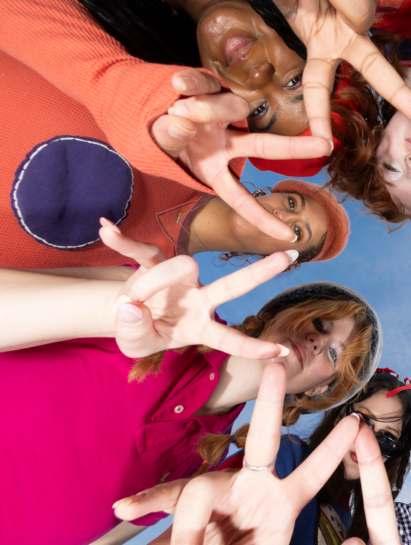




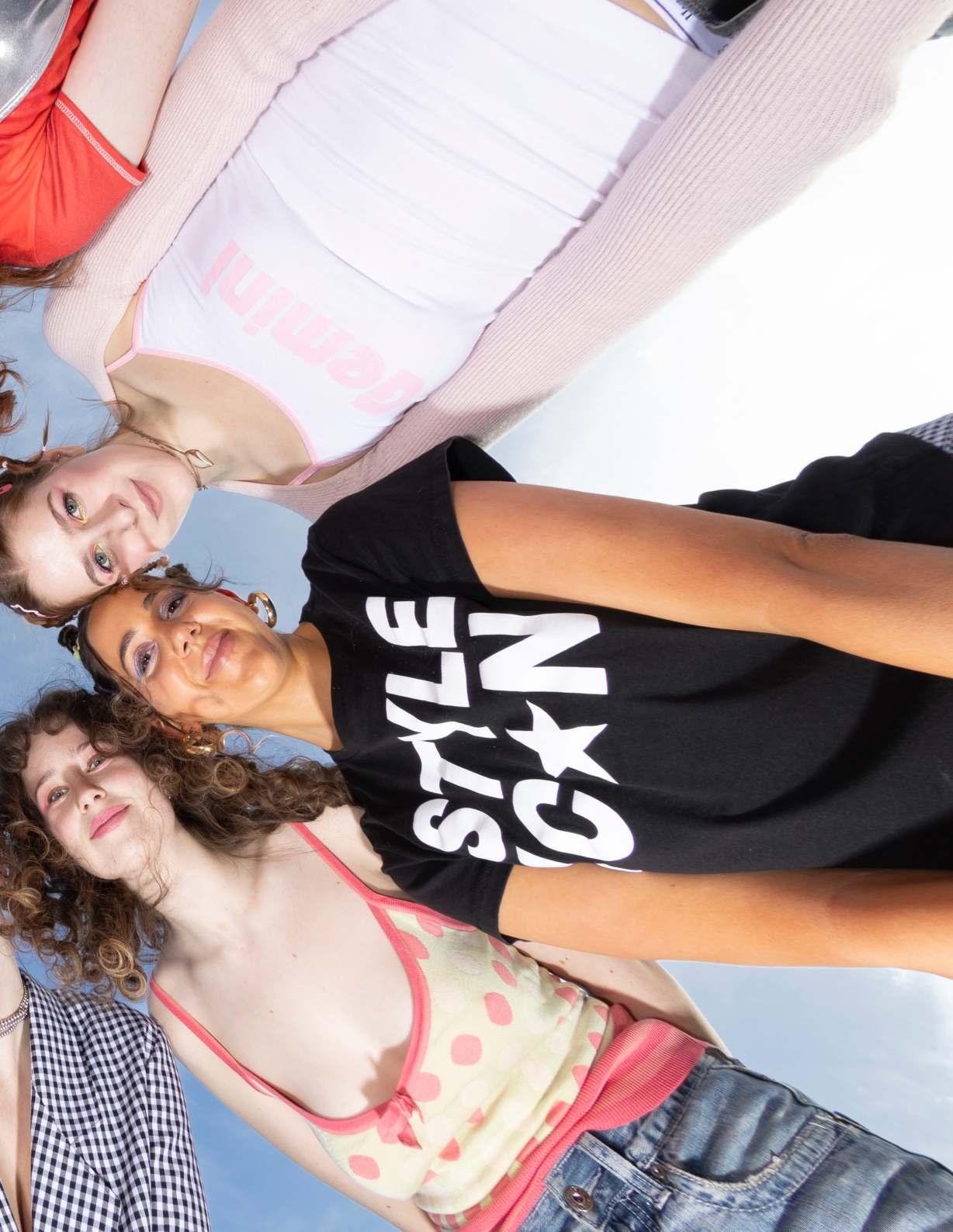
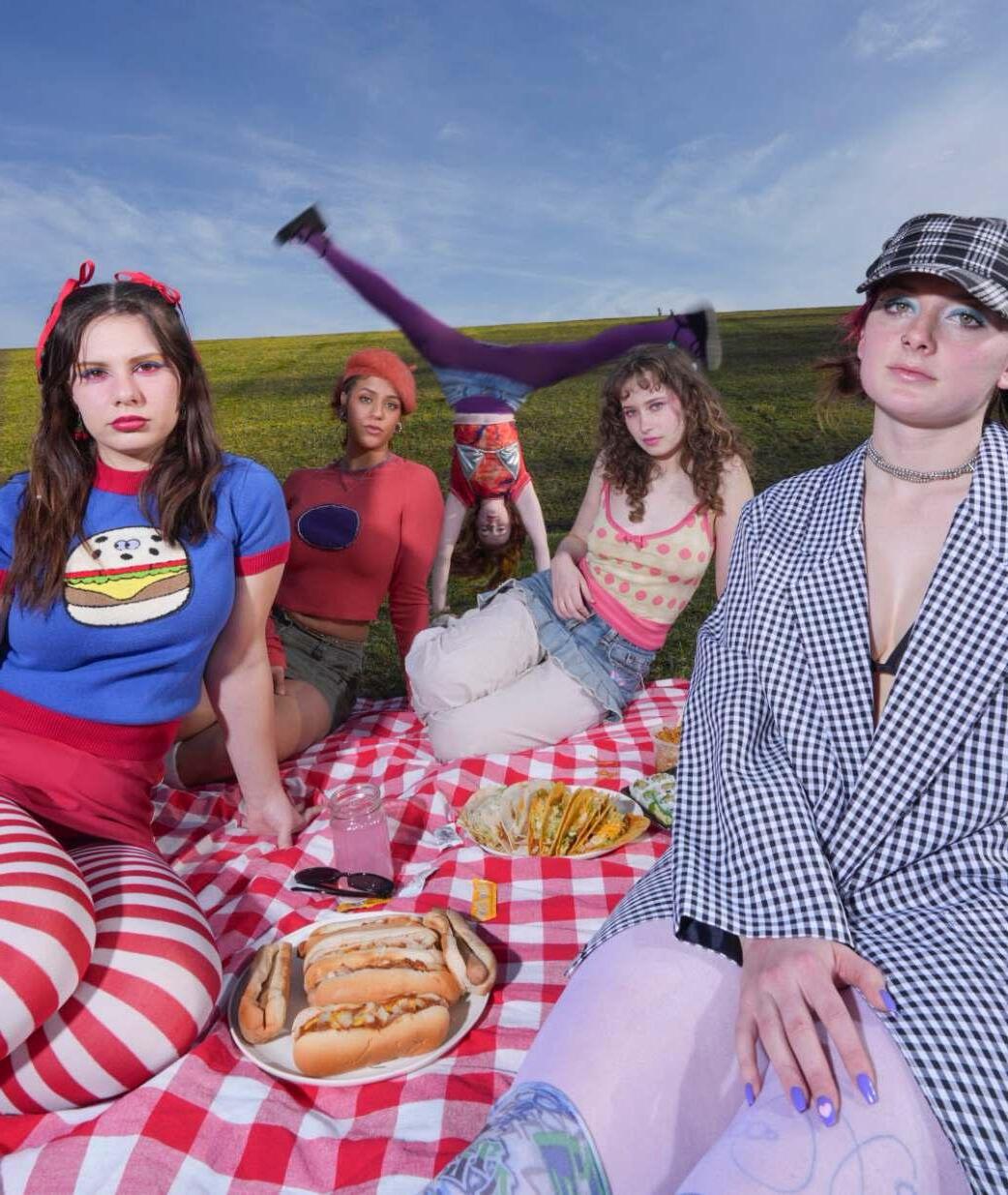





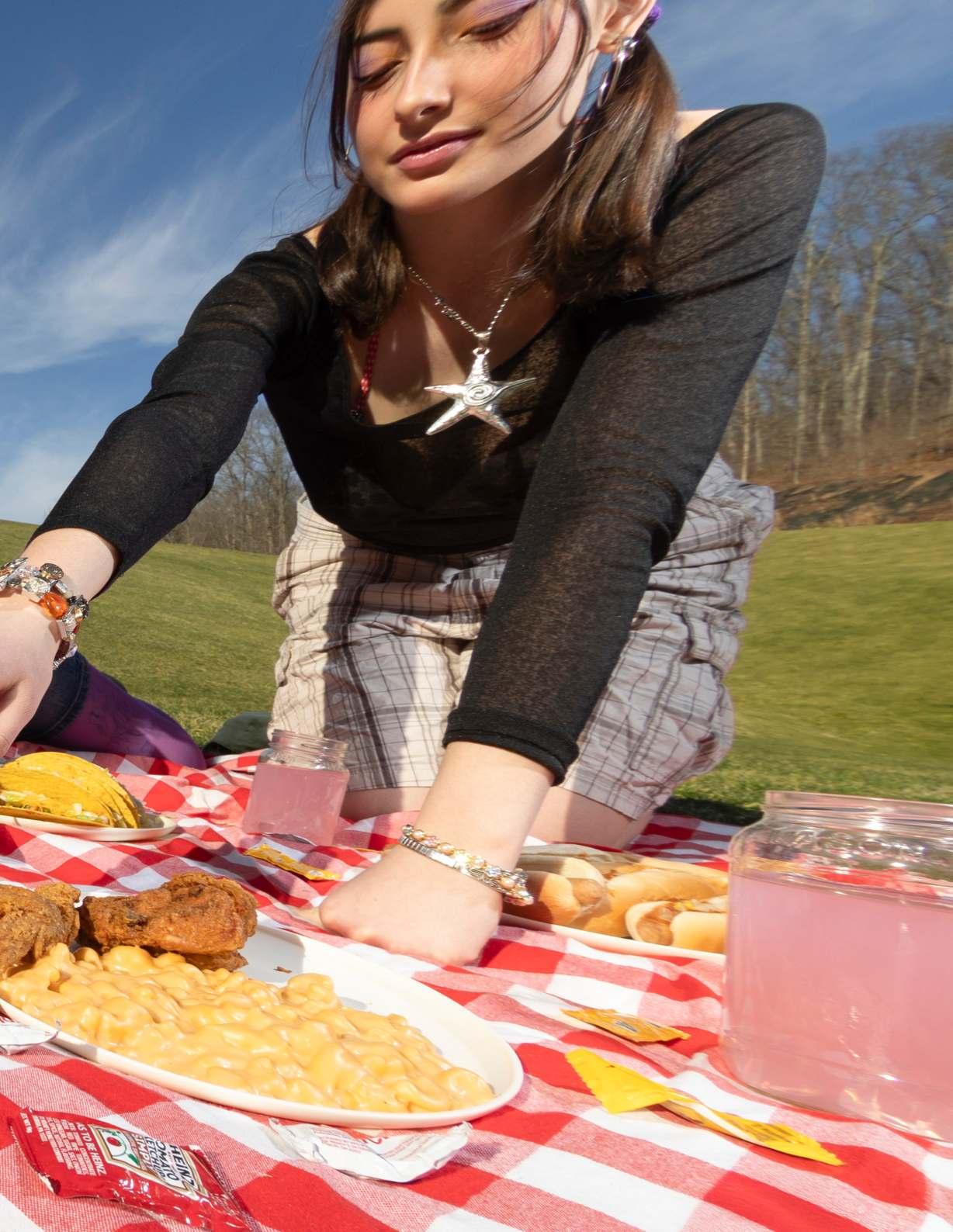
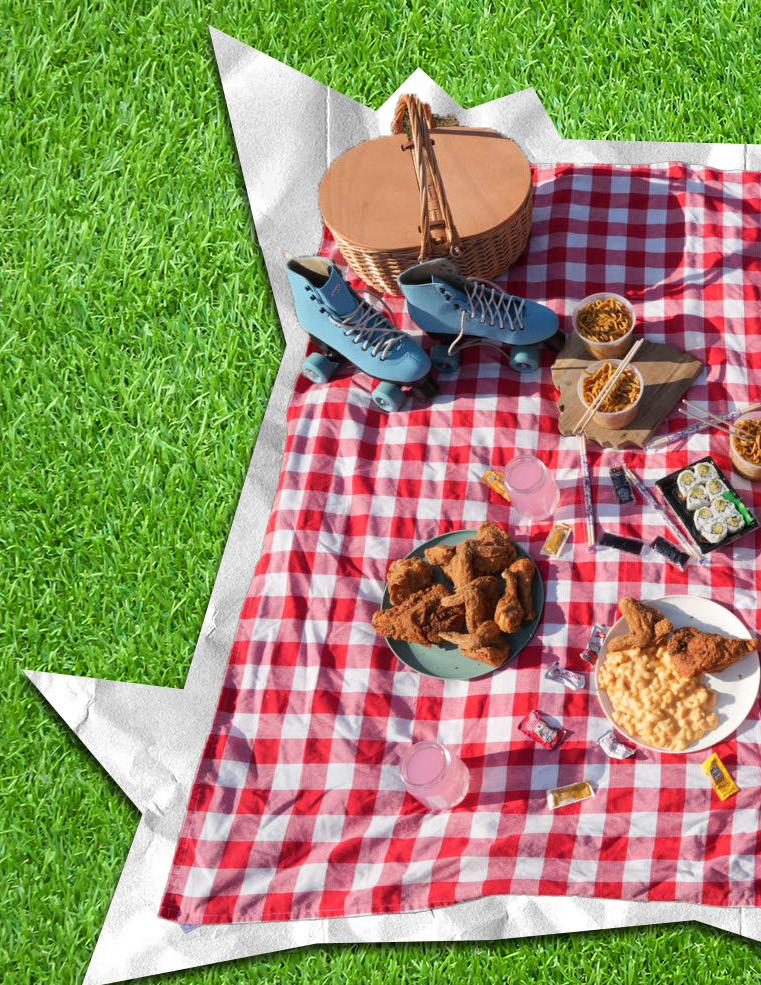
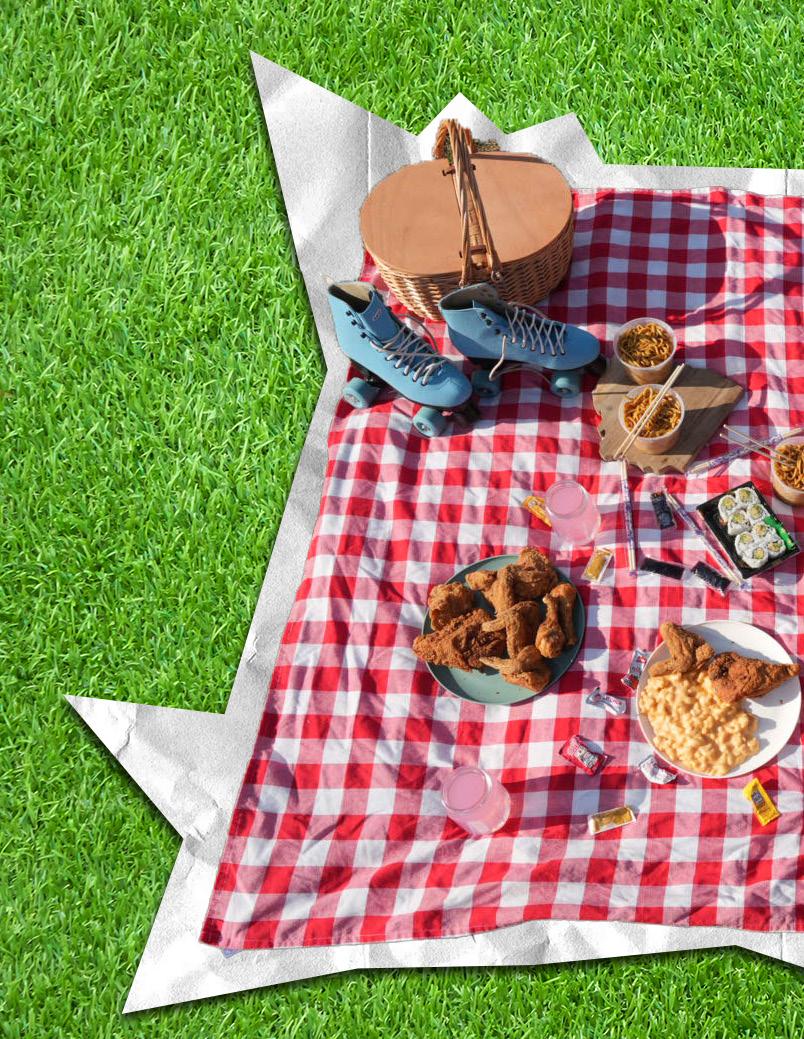

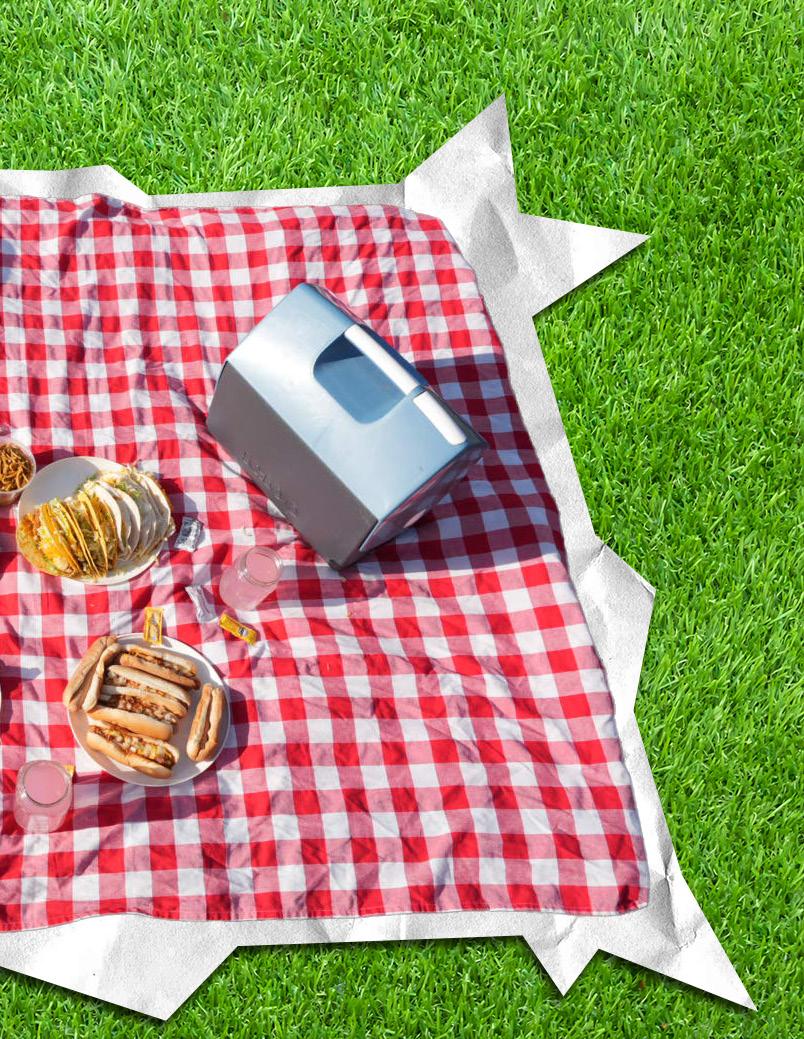



The trajectory of American culture has rushed past the very roots of originality and become a misunderstood and exclusive affair. While it is important to distinguish among different movements and trends for marketing and documentation, it should never be a reason to exclude people from expression.Midwest emo is a genre and style characterized by a do-it-yourself (DIY) approach to creation. The sub-genre was first seen in the 1990s and originated in, believe it or not,the Midwest.Originally,it was considered the second wave of emo but quickly earned its title due to the suburban culture surrounding it.
In terms of the music specifically, it’s emotional — both in lyrics and in vocals — and uses twinkly guitar riffs with intricate structure.Themes of departures from home,heartbreak, coming-of-age, and suburban living in the Midwest
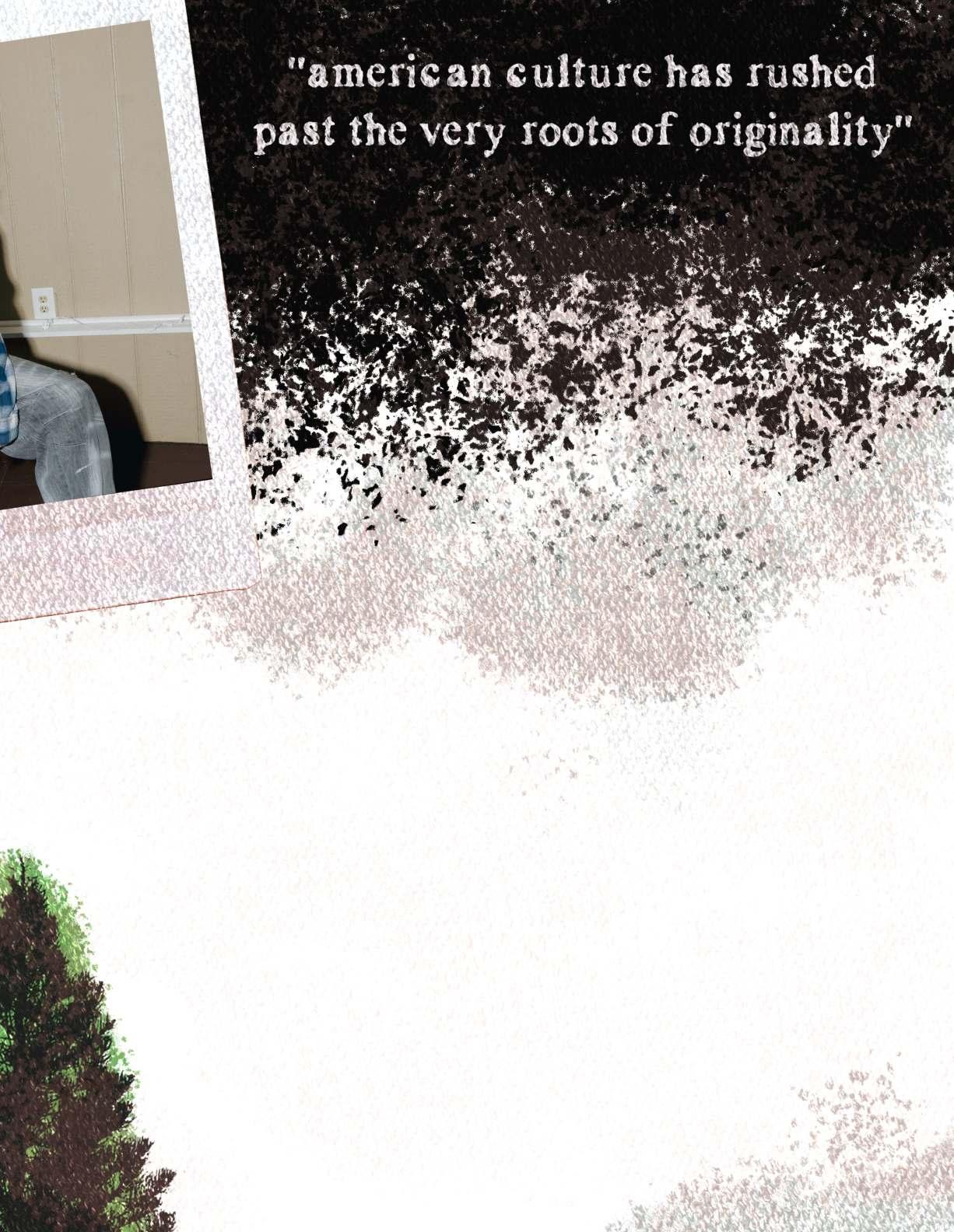
are the most common. Bands like American Football and Cap’n Jazz are popular examples.Now,as referenced in the music community,Midwest emo is resurging as the fourth wave of emo: emo revival. Just as with any renewed trend, modern Midwest emo is changing.This edition of the genre is merging ever so slightly with traditional grunge sounds with bands likeTitle Fight,Modern Baseball,and Mom Jeans influenced by 90s Midwest emo.
Although the genre of Midwest emo is specific and distinctive when it comes to the categorization of music, it has seen several different manifestations in fashion.Before,the focus was on the goofy, nerdy, low-budget themes of the suburbs.Now,the style includes more characteristics of the working class of the Midwest,with influences of blue-collar workwear and thrift culture seeping into the genre.
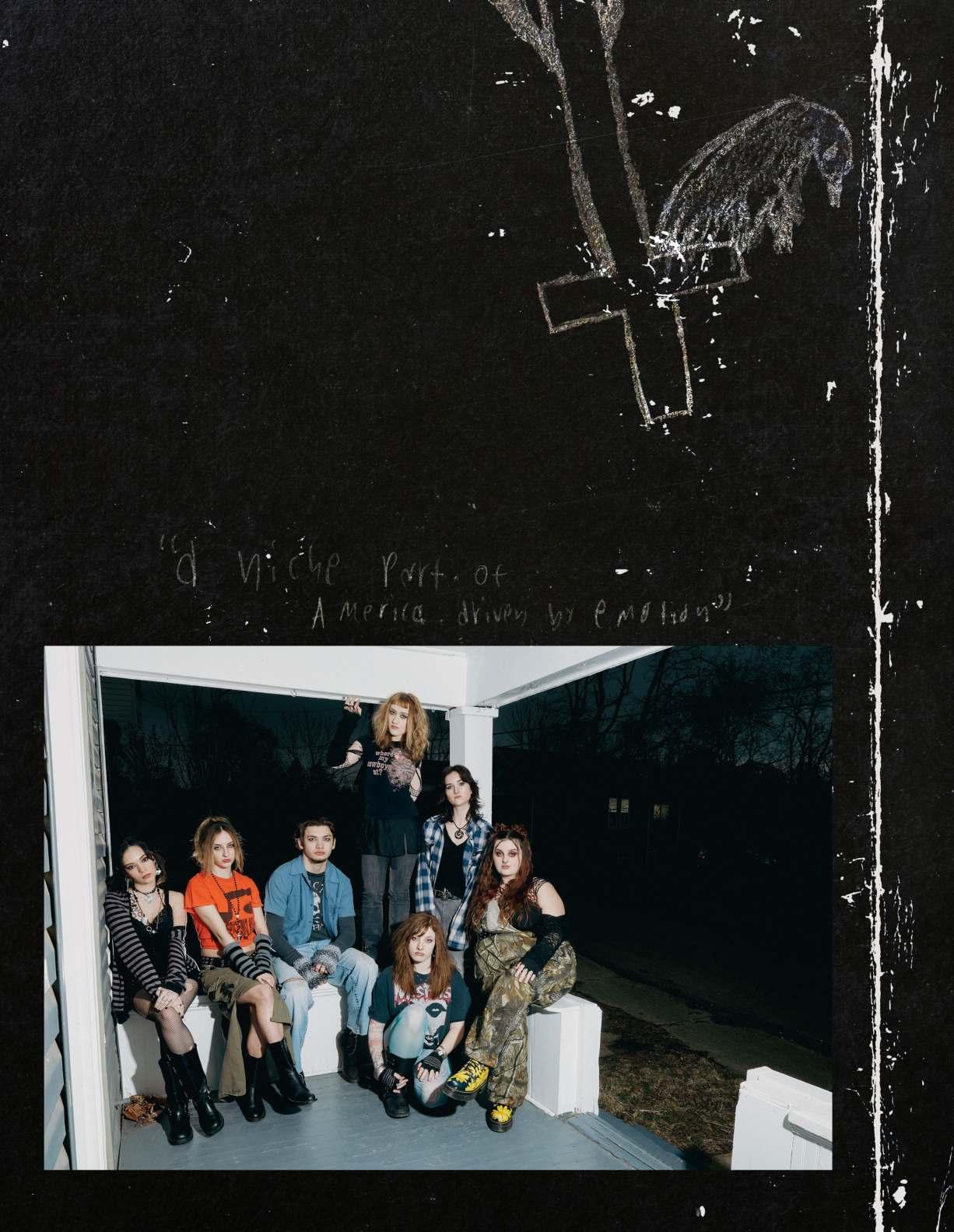
There are prominent characteristics of the style and genre associated with Midwest emo that make it a noteworthy aspect ofAmerican culture.It is a representation of a niche and novel part ofAmerica driven by emotion. Midwest emo is a collection of intentions,a movement.With an emphasis on DIY, the genre is accessible to everyone everywhere, regardless of income.Chapell Roan,a drag-inspired pop star,calls herself the“Midwest Princess.”While her music may not be associated with the Midwest emo genre, she is self-taught and comes from a classic Midwest background of undiagnosed mental illness and a religious upbringing. According to her biography, she claims she grew up feeling very different from others in her small Missouri town, which is an idea expressed often in Midwest emo. Similarly, Kurt Cobain’s music never quite crossed over into the Midwest emo genre,but he spent his late teens couch surfing and residing in public spaces to escape his problematic parents.He was motivated by his desire to create.Cobain never had the intention of being famous but music kept him going.
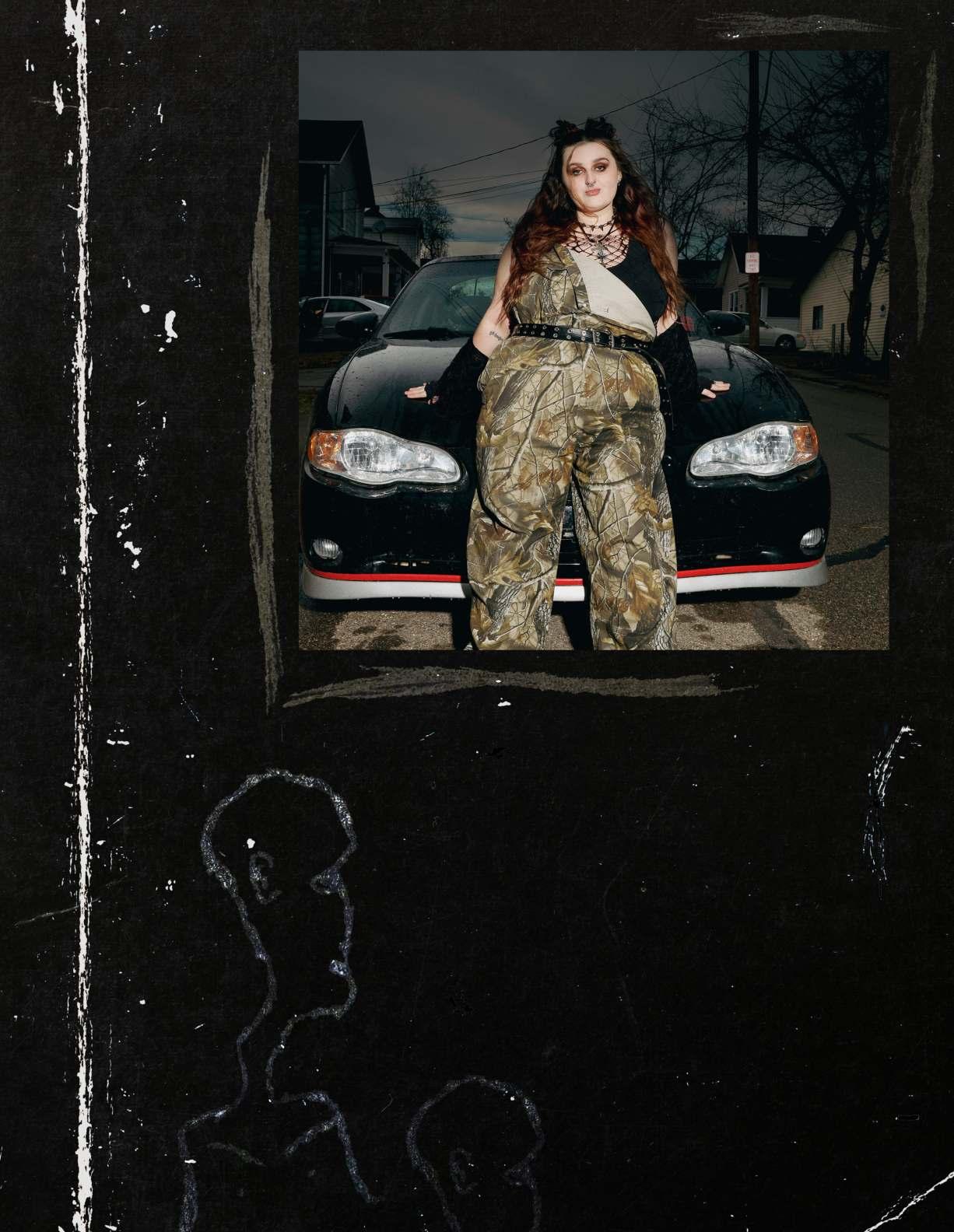
His choice to run away from home proves he carried the essence of the Midwestern desire for change.The spirit of Midwest emo transcends a specific sound and is a genre of experience.It is the root of a common way of living and a common way of feeling.
Midwest emo is for regular people living regular lives, the epitome of the middle class.The average individual annual salary in the Midwest is around $69,000,enough to live comfortably but not lavishly.There are always exceptions on both sides, but most inhabitants of Midwestern America are familiar with the simple pleasures a median salary can acquire.Although the genre doesn’t have the same reach as more popular alternative genres like dad rock or 90s grunge,it represents a culture many people can relate to.The style is rooted in cheap, ill-fitting, used clothing, so when wealthy fashion influencers adopt the style as their own, a lot of the meaning becomes lost.The traditional Midwest emo look is one that can be found in many yearbooks from the 90s.Tattered jeans and lived-in flannels,perhaps stained with the scent of cigarettes,dirt,and beer: the smells of the Midwest.

Thrifting fueled the resurgence of the Midwest emo style due to the mass amount of clothing items that resulted from this region’s culture.While the style is specific and easily identifiable with its graphic tees and flannels, it should not be defined by a Pinterest board or influencer. Midwestern fashion is simply the fashion that tells a story of the Midwest; the story of a blue-collar worker who wears the same sweater to his construction job until it’s too beaten to preserve warmth; the youth who saved up their minimum-wage dollars to splurge at the local thrift store;the working moms who chose modest comfort over flashy items as they balance motherhood, work and their own needs.
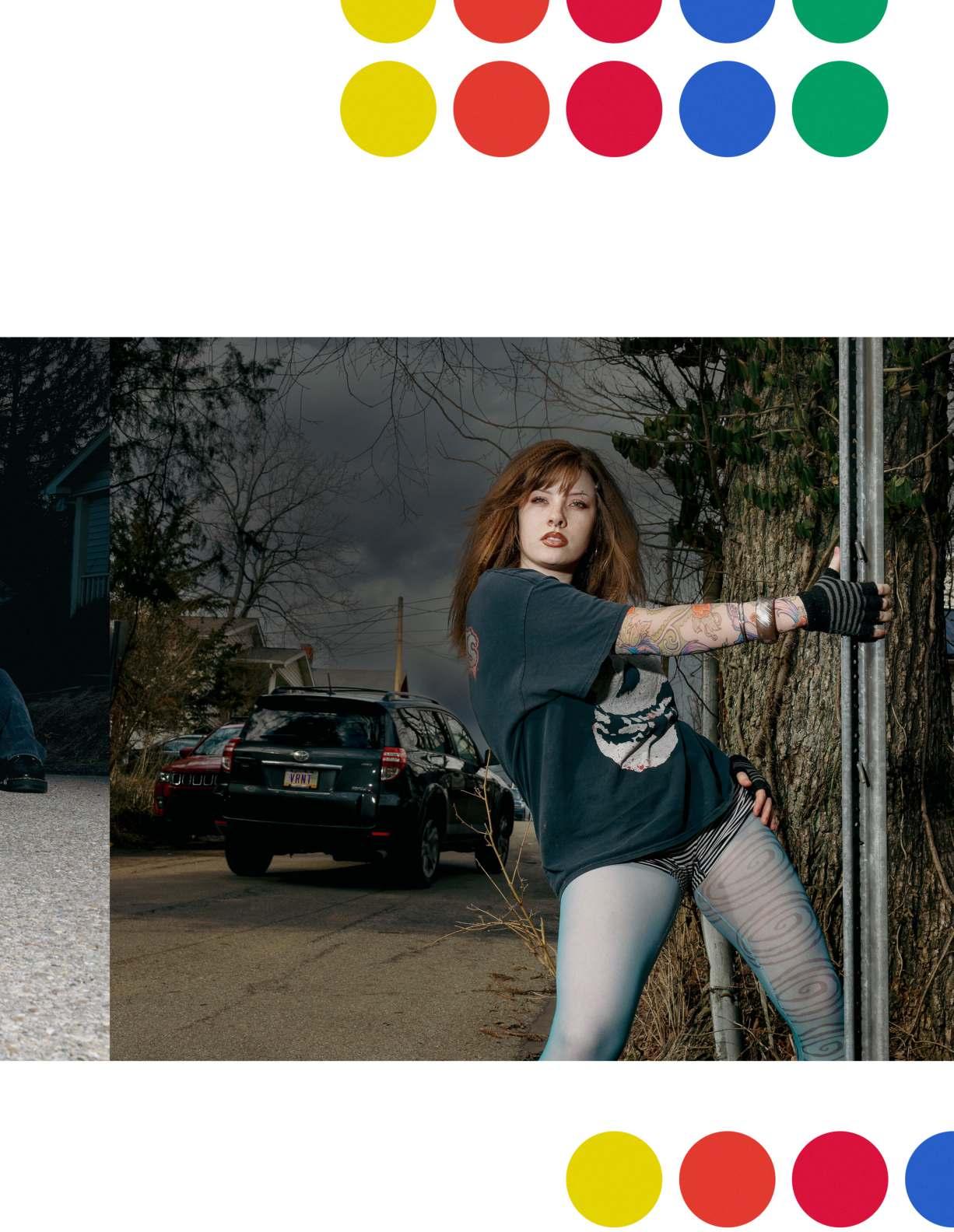
Like any style,Midwest emo should not fall victim to appropriation, yet it still does. Not only are wealthier influencers representing it by wearing overpriced jeans and graphic tees,but the thrift stores that make the style possible are being taken over by those who can afford first-hand items — who chose to buy second-hand for the aesthetic.
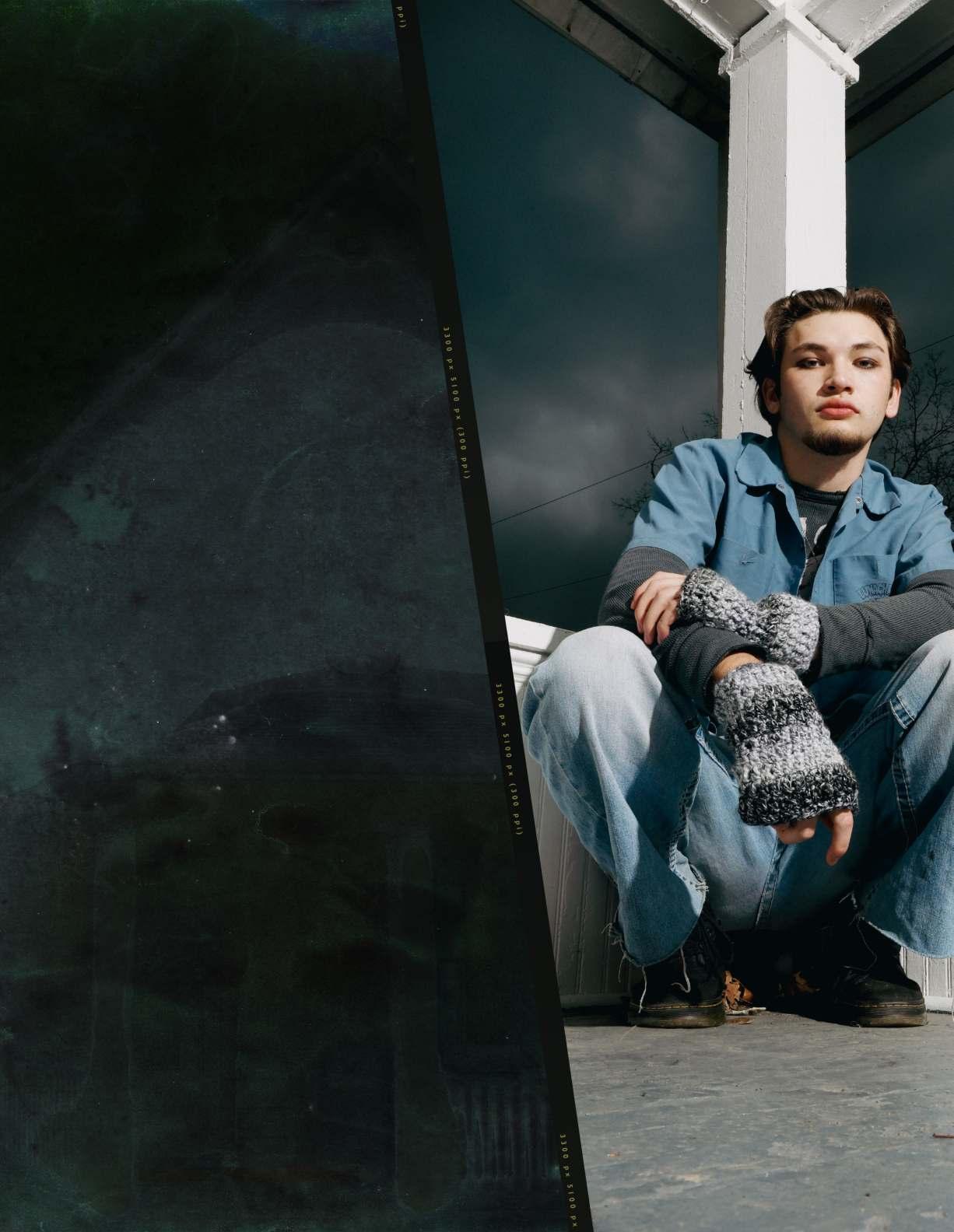
Thrifting on its own poses an ethical dilemma.It is a generally ethical practice because it is better for the environment and provides an affordable solution for those who can’t shop firsthand. However, it becomes less so when wealthy individuals indulge in massive hauls of clothes at a place catering to individuals with a limited budget for their needs.Essentially,appropriation lies in the process of inheriting a style or tradition that originates in a different culture without understanding and respecting its meaning.People who spend an unnecessary amount of money to achieve the Midwest emo look while also stripping that look of its individuality,steal the credit and praise from those who are dressing uniquely and creatively due to necessity.
Midwest emo, on the surface, is a subgenre of emo popularized in the 1990s,but it should be clear now that it’s a genre of culture,a genre of thought and a celebration of the midwestern encounter.It can’t be confined to one look, one band or one experience; the fashion and culture are determined by the inhabitants of the Midwest who seek authenticity and emotion.It’s a style that can be perfected by all genders, all races and all ages. It’s a work ethic that triumphs over any physical, monetary or mental deterrents. It’s an expression of the simple joys that allow connections to be made. It has humble roots and creative passions. Midwest emo is one of the many glorious contributions to the influx of culture inAmerica.It’s everyone who feels misrepresented. It’s Americana.
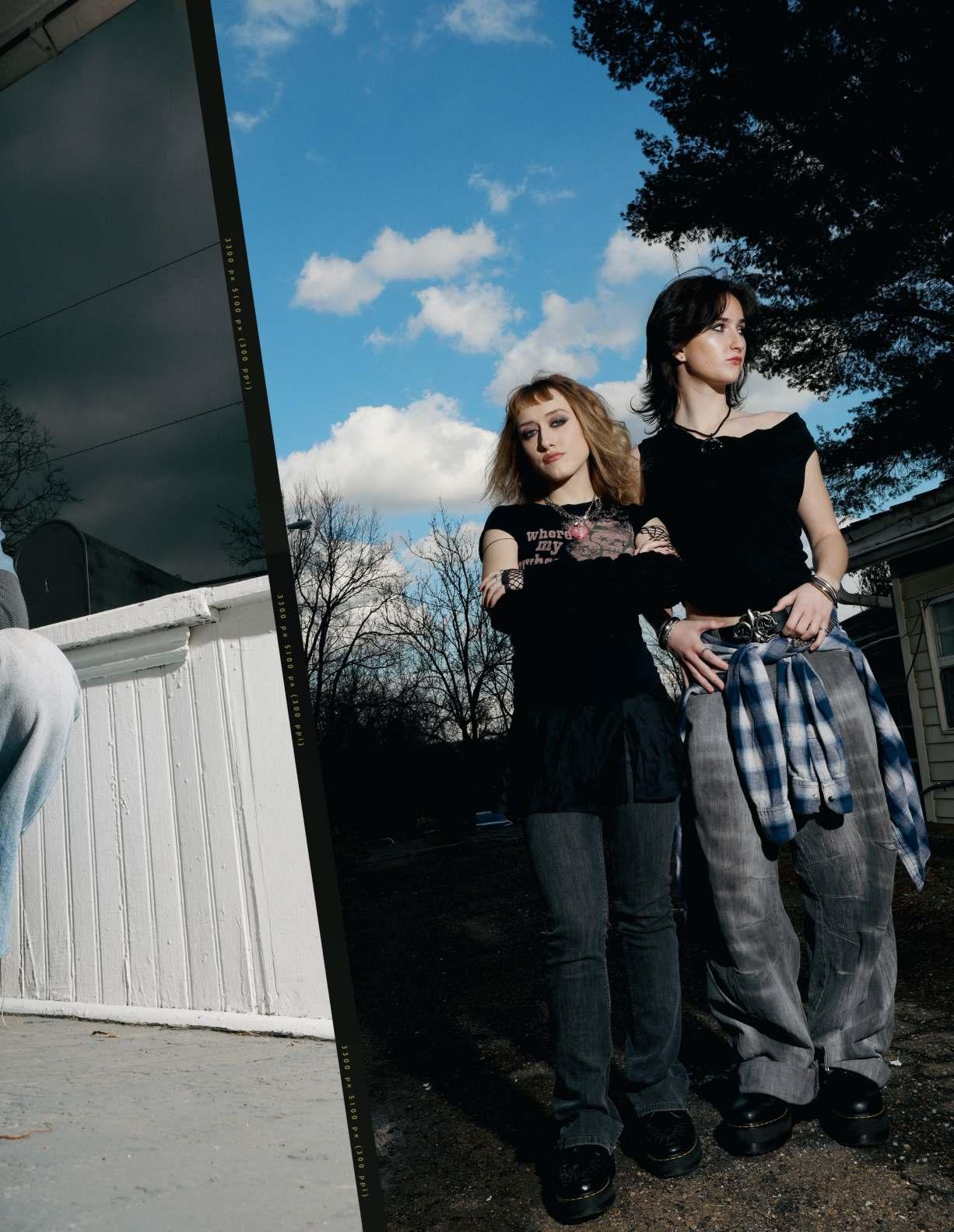
WRITTEN BY GRACE KOENNECKE
PHOTOS BY KATHERINE BUNSEY
DESIGN BY OLIVIA SEIFERT



The concept of the“American Dream”was first coined by American writer and historian JamesTruslow Adams during the Great Depression. Adams suggests that every person in the U.S. has the freedom and opportunity to succeed and obtain a better life through hard work.While fashion designer Carolina Herrera did achieve the“American Dream,” according to Adams’ standards, she also redefines what it means for immigrants both past and present.
In 1939, María Carolina Josefina Pacanins y Niño— who would later be known as Carolina Herrera— was born in Caracas,Venezuela, as one of four daughters to Guillermo Pacanins and María Cristina Niño.Throughout her childhood, Herrera had no interest in fashion until her teenage years in the 1950s, envying the fashion choices of film stars she saw in magazines and wanting to emulate their style. She was introduced to fashion through her grandmother who took Herrera to a Balenciaga runway show when she was 14 years old.

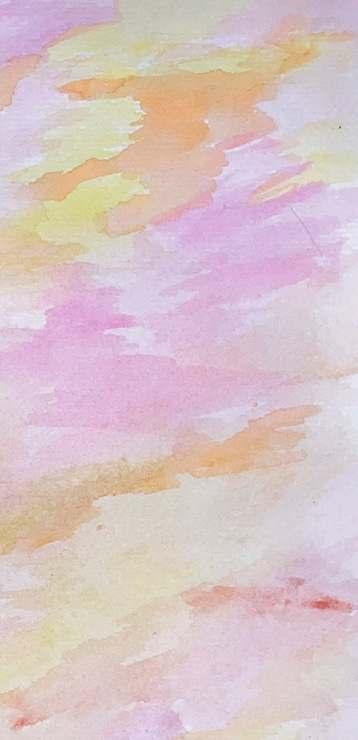

Four years later,Herrera married Guillermo Behrens-Tello in 1957 and had two daughters, Mercedes and Ana Luisa. However,she was divorced by the time she was 24,and her second marriage to Reinaldo Herrera in 1968 would alter the course of her career, as her husband introduced her to other major creatives and activists like AndyWarhol, Bianca Jagger and Robert Mapplethorpe.Later in life,Herrera would become an activist herself during the COVID-19 pandemic, when she and her team donated 10% of her brand sales to COVID-19 relief and the Black Lives Matter movement.




Herrera moved to NewYork City and had two more daughters with Behrens-Tello. She was inspired to dive back into fashion in the 1980s, designing her first collection of dresses in 1981 and holding a show at the Metropolitan Club in NewYork City.She was the first female designer to have a fashion show at the venue,and her collection of pieces was picked up by Bergdorf Goodman and Saks Fifth Avenue shortly after. Jacqueline
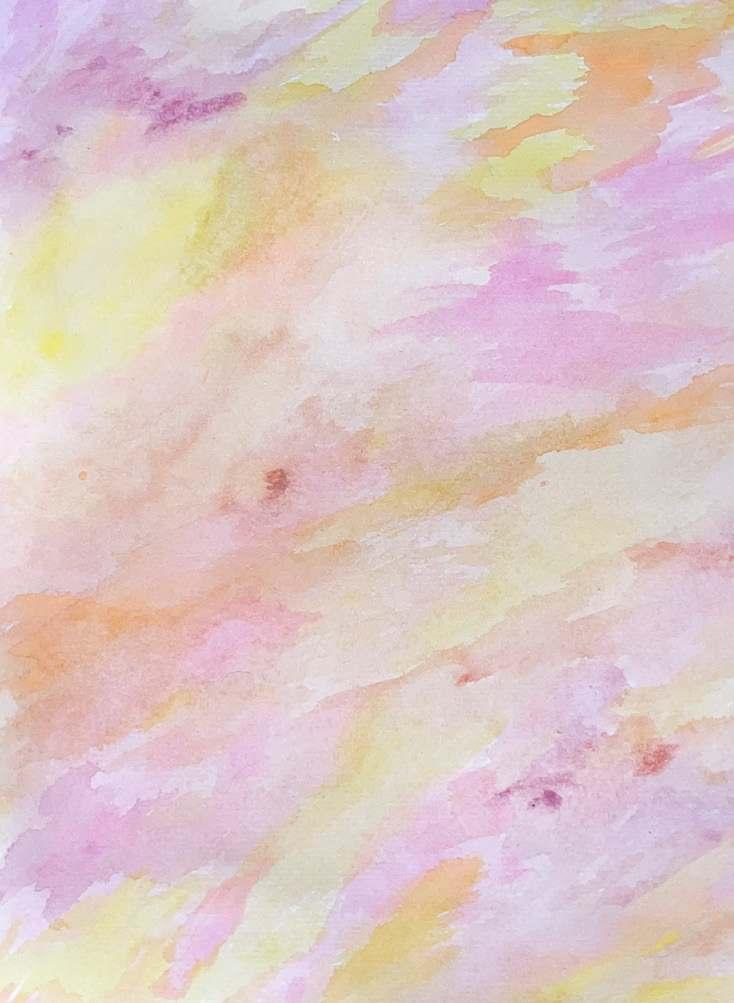
Kennedy Onassis even began wearing Herrera’s designs, and Herrera started dressing the first lady until her death in 1994.
Expanding her brand,Herrera created a perfume in 1988 and in 1995 acquired the Spanish company Puig,where she remains the creative director.In 2004,she was awarded the Council of Fashion Designers ofAmerica’s“Womenswear Designer of the Year” award for her advancements in fashion.

Herrera continued to grow her brand into the late 2000s, debuting her CH Carolina Herrera line in 2008 as its creative director.The line included more casual designs for day-to-day activities and expanded into menswear,womenswear,children’s wear, accessories, home collections and fragrances.Ten years after its launch, Herrera stepped down as creative director of CH Carolina Herrera to become its global brand ambassador.
Beyond her eye for pairing simplicity with creativity,it’s important to note most of Herrera’s work was created before she became a U.S.citizen in 2009.From her initial introduction to fashion as a teenager to becoming associated with the mid-20th century’s biggest names in fashion,art and activism,Herrera has become an innovator for creating pieces that have bled into popular culture, runways and department stores.
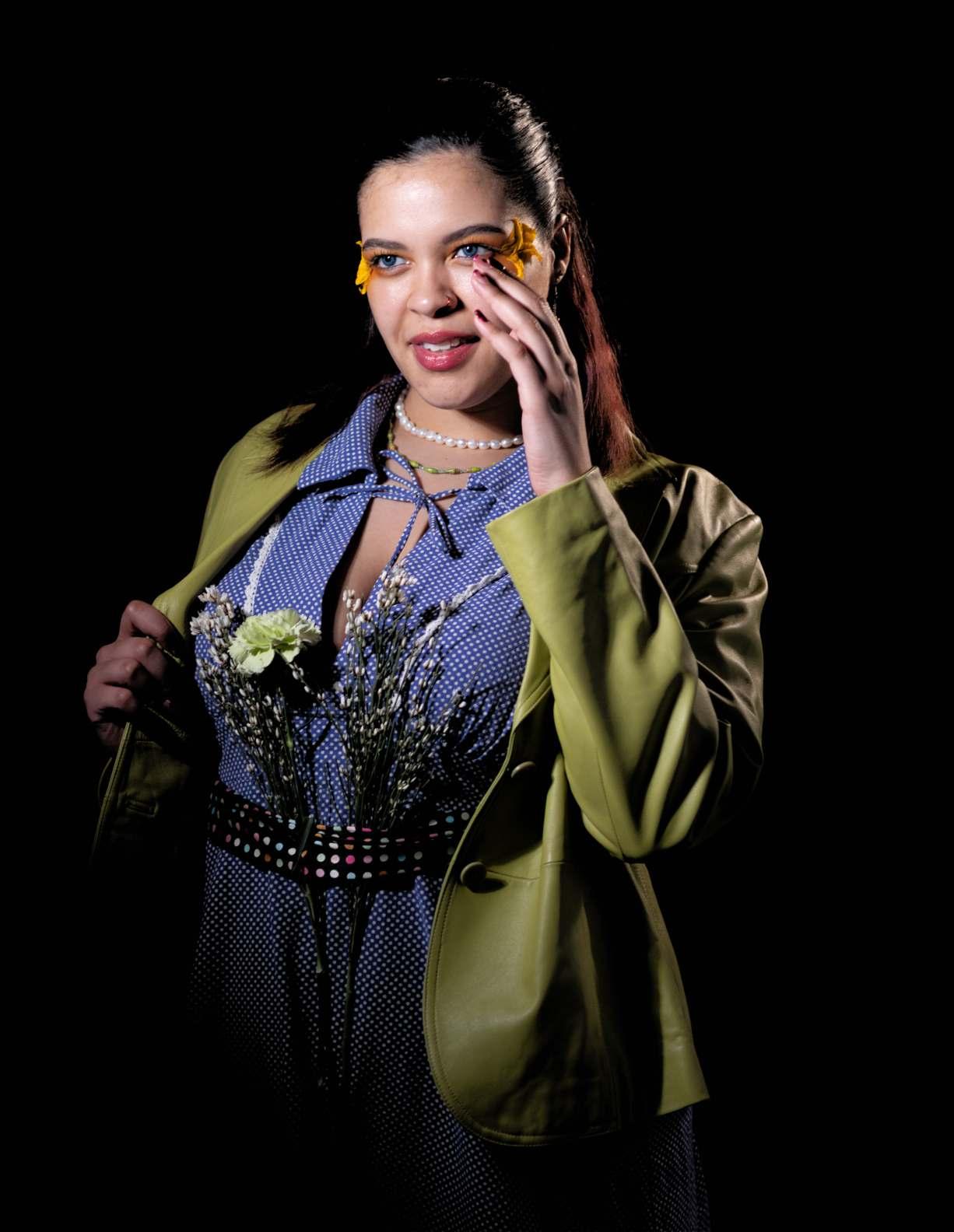
Interestingly, Herrera’s introduction into the fashion industry is one that other immigrant designers have experienced as well, such as Diane von Furstenberg, Oscar de la Renta and Phillip Lim.Fashion designer von Furstenberg first immigrated to the United States in 1969 from Belgium, creating her well-known wrap dresses that have taken over runways since the early 2000s.A designer originally from the Dominican Republic, de la Renta came to the U.S. in 1963, working first for designer Elizabeth Arden before creating his own label two years later.Lastly,Lim moved from Thailand to California in the early 1970s, co-founding the clothing line 3.1 Phillip Lim in 2005 with designerWenZhou. These designers, along with Herrera, make up a much larger demographic of immigrant workers in fashion. In 2021,The Center for Public Integrity reported that 16% of U.S.workers were foreign-born with 42% of all workers working in cut-and-sew garment assembly being immigrants.
Another 2019 study from the Center on Budget and Policy Priorities said,“Immigrants hold jobs that are important to our economy and communities.Immigrant workers without a college degree are found throughout the economy, but make up a sizable share of the workers in certain industries.Firms in such industries will have a harder time hiring staff if these workers can no longer come to or stay in the United States.”



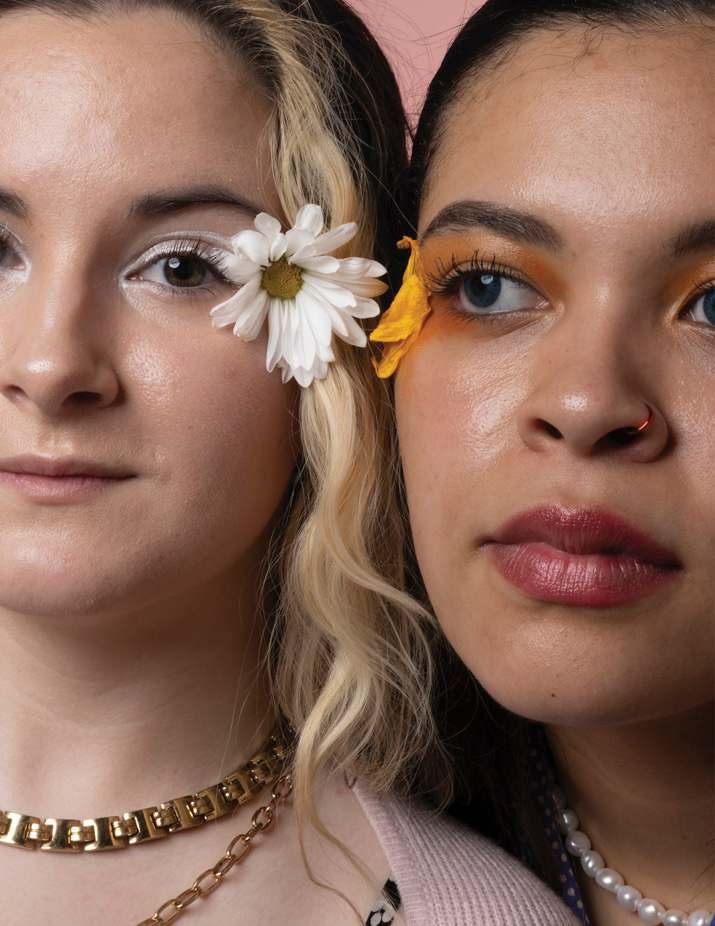

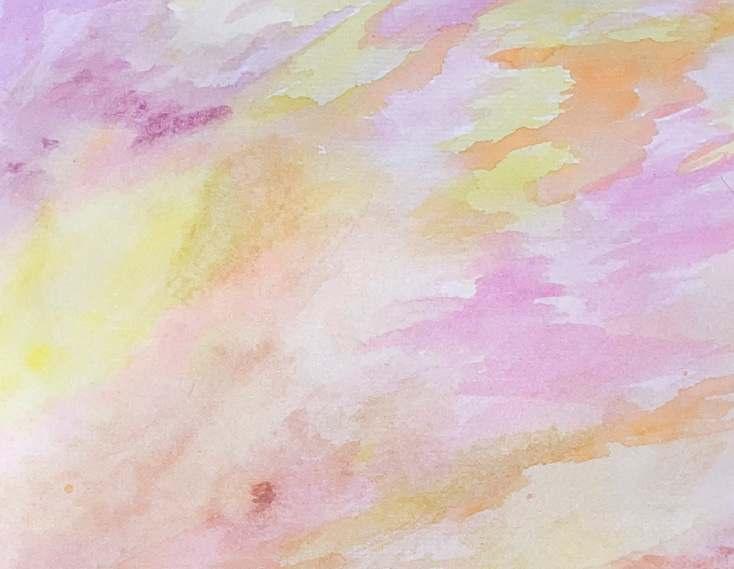
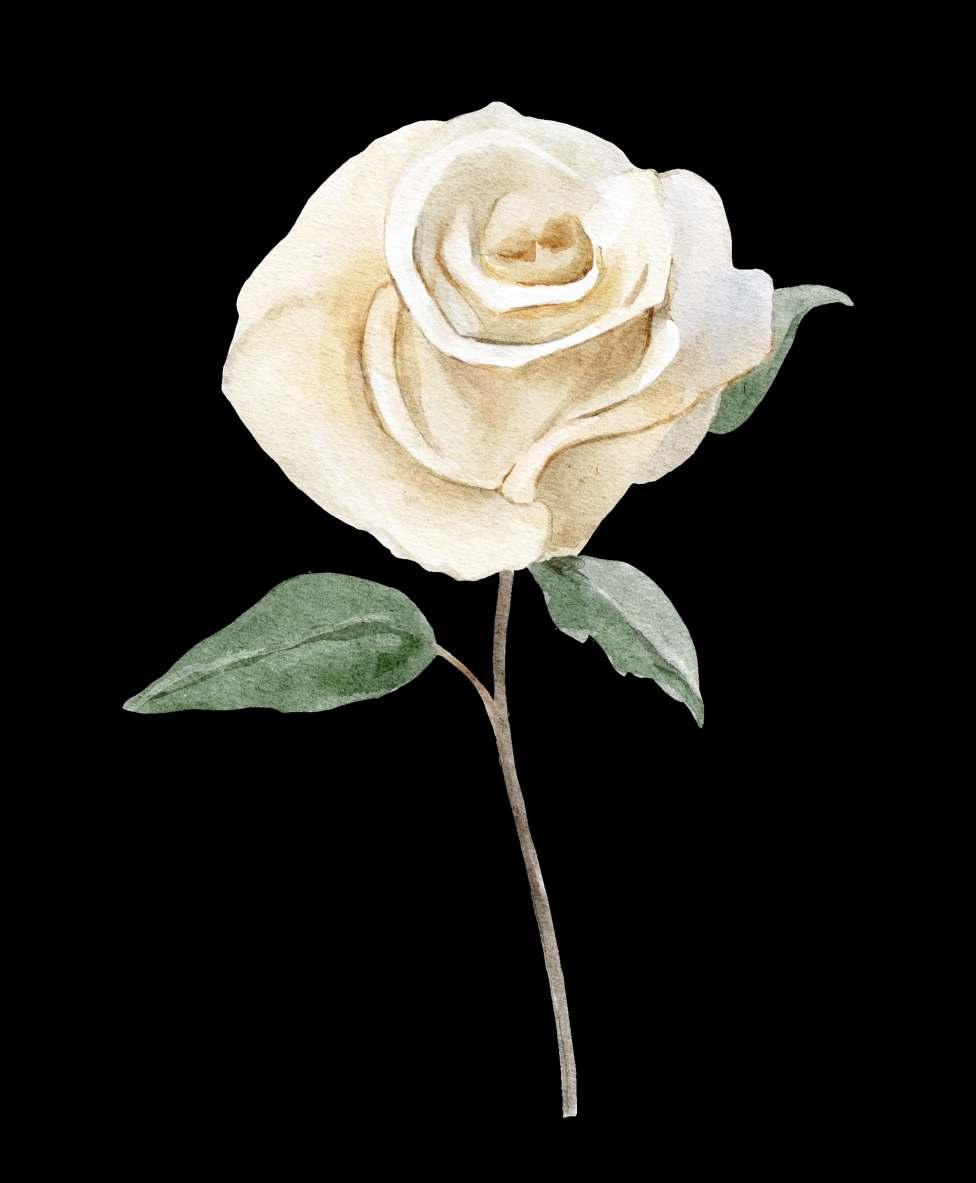



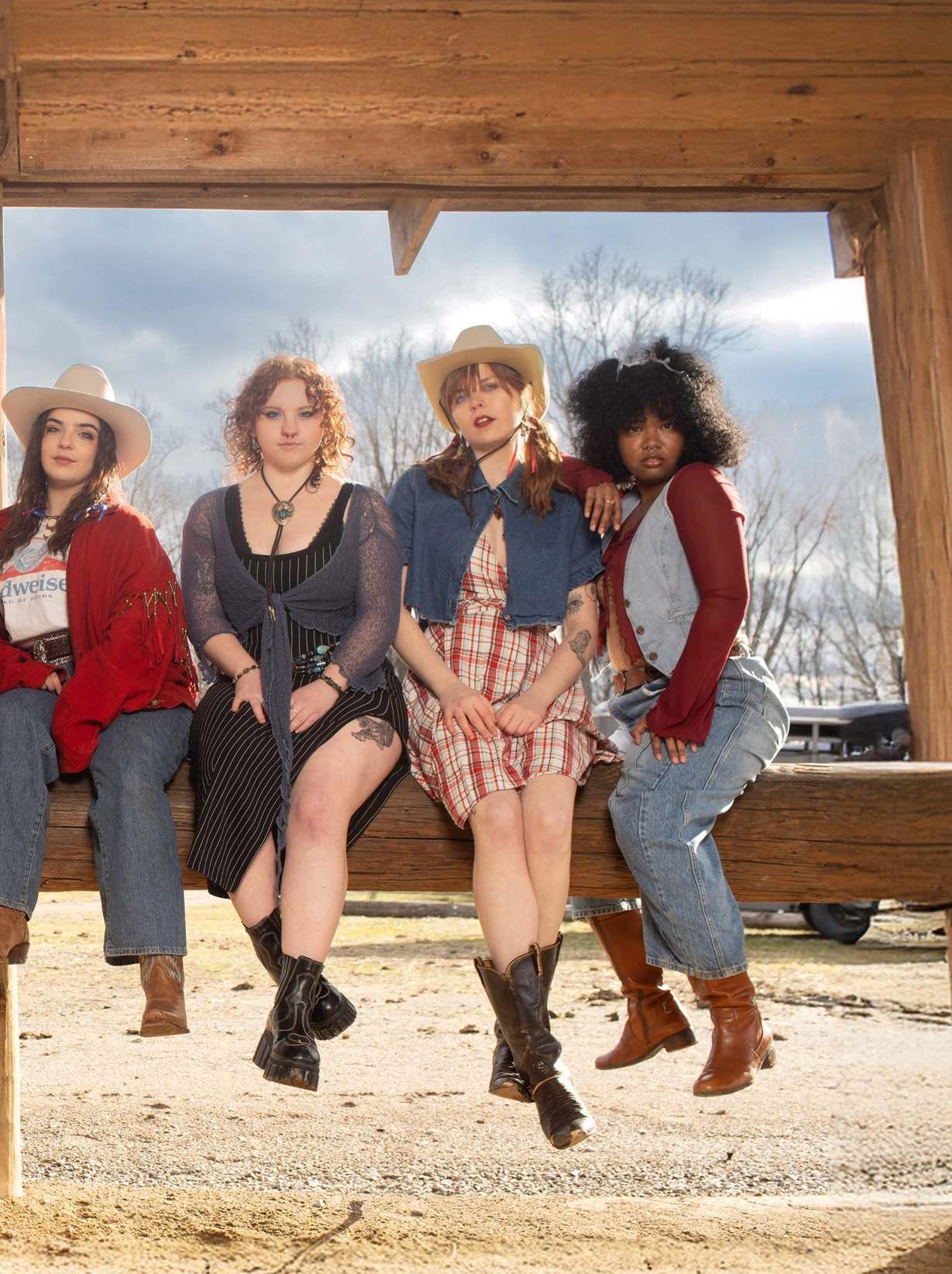
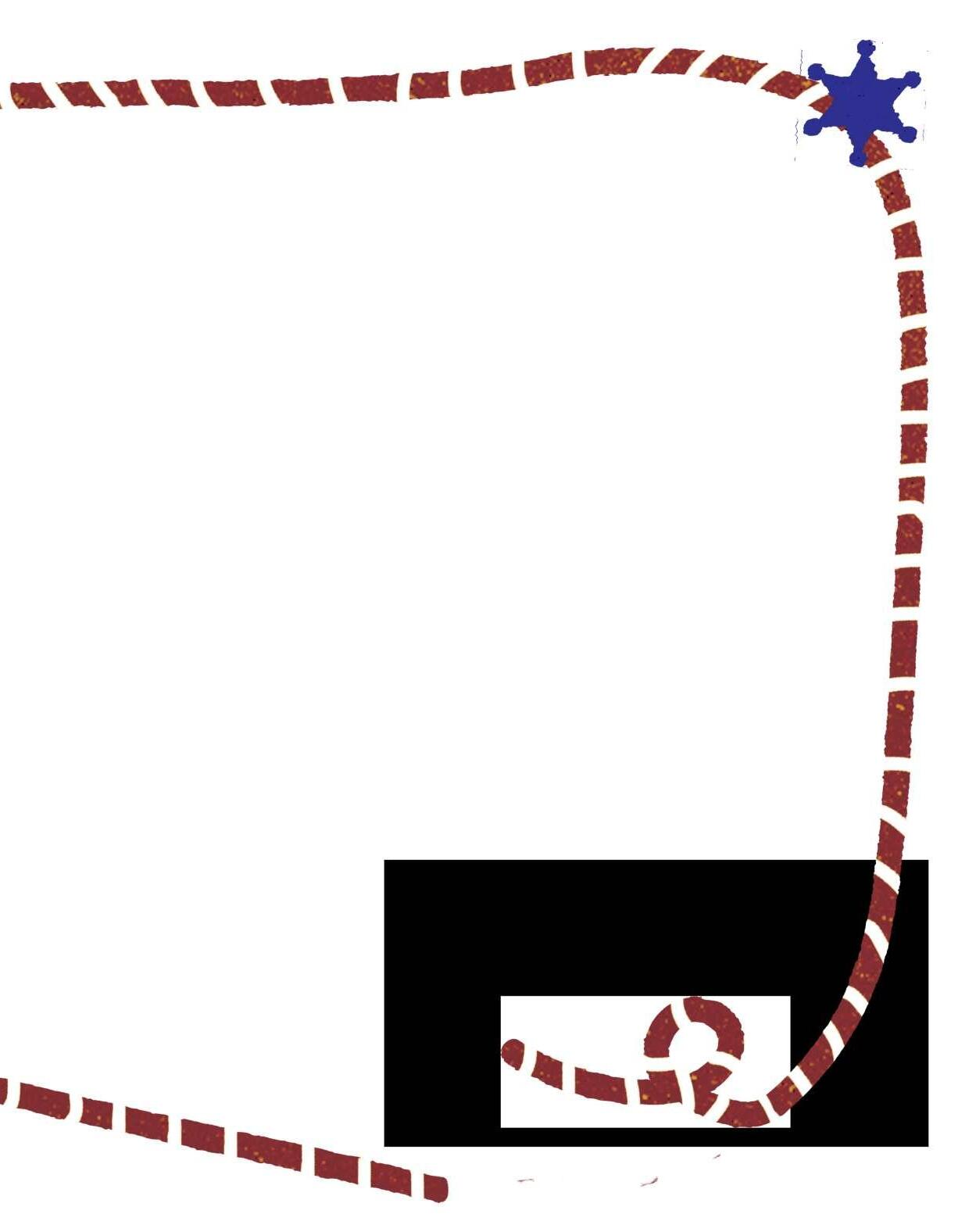
hat do you picture when you imagine a cowboy? Perhaps JohnWayne,suave and technicolor,delivering justice and sovereignty to the masses.More historically,you could reference Davy Crockett,a frontiersman loading his rifle to fight for independence at theAlamo.These images,so narrow in their scope,are what are generally taught in school aboutWestward Expansion and Manifest Destiny.
However,for every Lewis and Clark,collective stories that percolate through history have more accurate examples left untold because of the inefficient narratives they reveal. Black communities have been ignored and dismantled throughoutAmerican history from the East to theWest Coast, even though the U.S. as a republic could never have survived without their exploration. Recognizing these stories places our attention in the right areas,identifying the real people we should be aware of when shaping our collective history.
One in four cowboys in the Wild West were Black.Though the dictionary definition of a “cowboy” is concerned primarily with the profession, we often define the cowboy by his values as a gunslinging explorer, coated in dust and concerned with liberty, courage and fortitude.
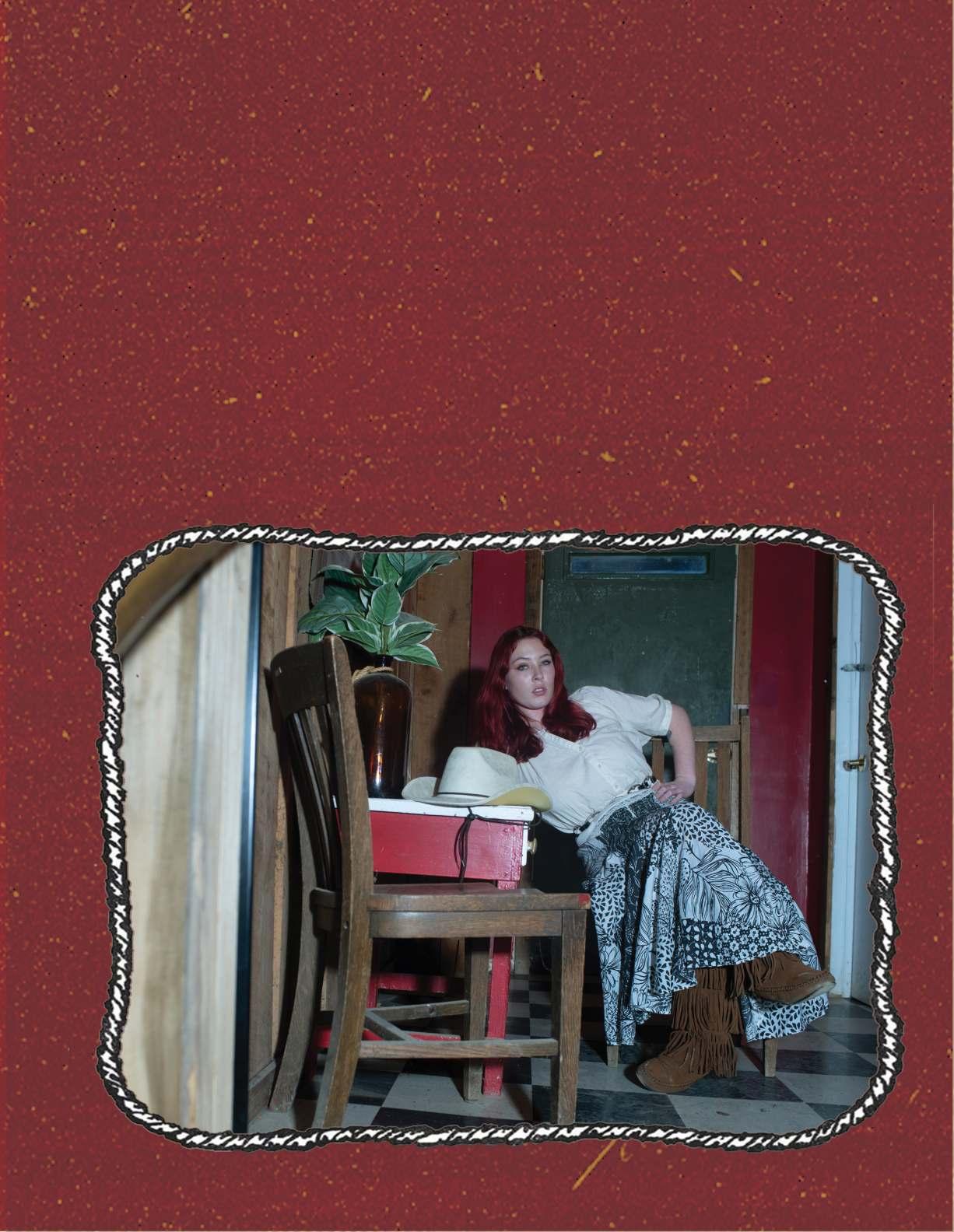
These individuals and communities brushed over in history classes and mass media were some of the first people to explore and settle in theWest— the first true ideals of the cowboy.While Christopher Columbus and Hernan Cortes were stealing lives and resources from indigenous South Americans,Estevanico,the first documented Black man to set foot in the Americas, was on his own journey in 1534. He was born in Morocco and sold to a Spanish nobleman and explorer before cowboy culture began with his traversal of theAmerican territory.After half a decade in Spain,he traveled to Cuba as a slave in 1528.His odyssey across Spanish territory in theAmericas lasted for five years after his freedom,spanned 2,000 miles and was marked by admiration and help from the indigenous communities. Now a practicing medicine man, he crossed the Rio Grande twice, visiting what is nowTexas, Mexico, Nevada and New Mexico, ending his journey 265 years before the Lewis and Clark expedition began.
Estevanico was the first but not the last.Vaqueros,the first cowboys, were Spanish.Spain was the only European country with enough open space to develop horse riding and cattle herding as a practice.After Vaqueros,the next career cowboys were Hawaiian.Dubbed Paniolos, these cowboys herded invasive cattle that were given to their king as
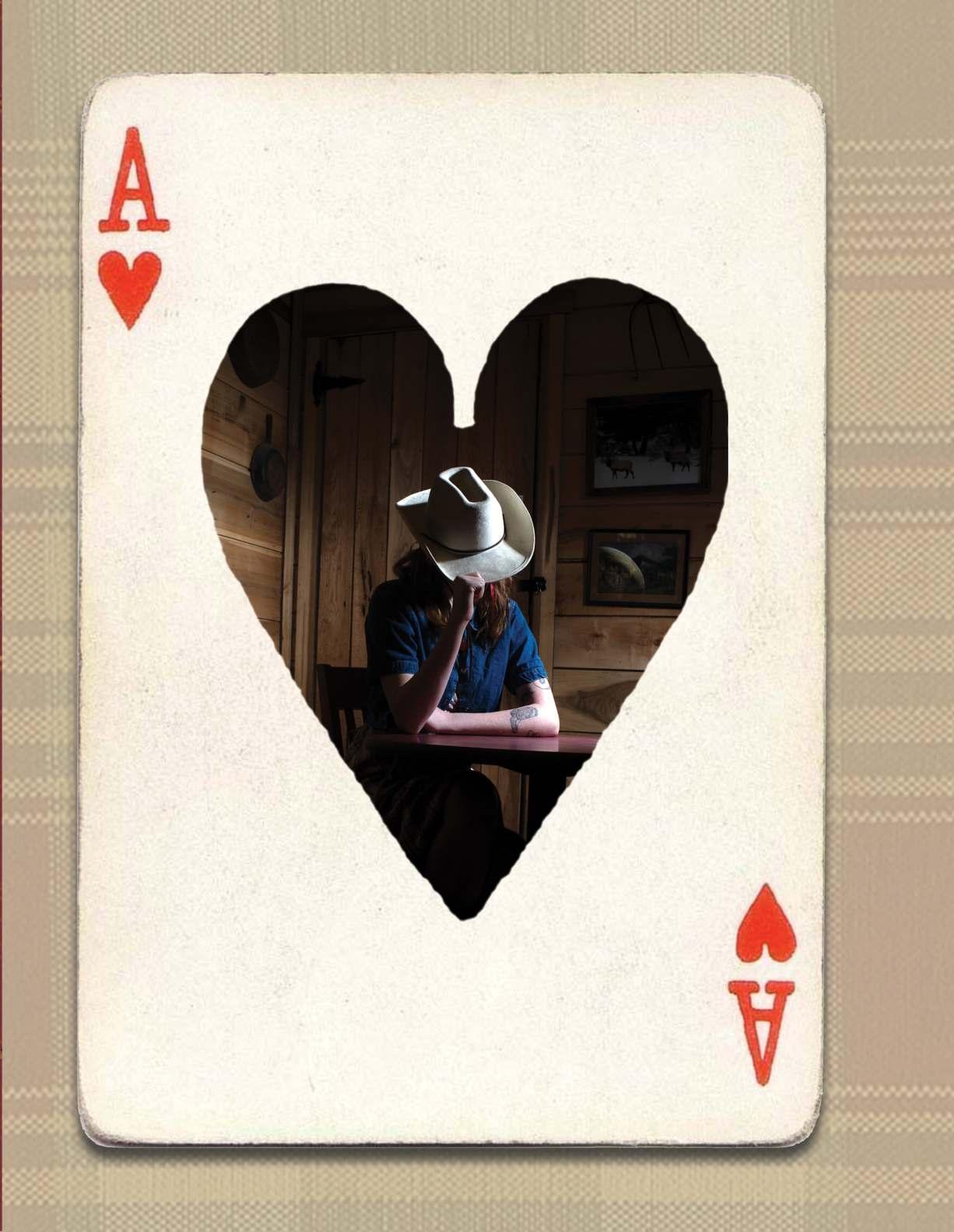

“The connection between Appalachia and the Wild West is found in the harsh geography and unique economy of both territories and explains why these areas immensely informed one another.”
a gift, selling beef jerky to sailors on their routes. In 1908, Ikua Purdy, a Paniolo, won the prestigious Frontier Days Rodeo,roping a steer in 56 seconds flat,garnering national attention.He was the first Hawaiian cowboy inducted into the Cowboy Hall of Fame.
By the mid-1800s, the West had become a beacon of hope and riches, a place full of risk and reward. Fur trappers, miners and entrepreneurs sought to capitalize on this new frontier.This is where the cowboys we typically picture were born.The harsh terrain and isolated towns created oases of culture without governmental oversight, dependent on one another’s support but also full of free spirits.These communities uplifted Black cowboys like Nat Love and James Beckwourth.These men,who went on to

become renowned Black cowboys, were born to white fathers,who were also their owners,a common backstory for freed slaves.
Another forgotten aspect of this recontextualization— every man has a mother. Jane Manning, Mary Ellen Pleasant and Mary Fields were three Black cowgirls who supported their children and husbands on the American frontier.Pleasant in particular was a staunch abolitionist and is widely considered to be the first self-made millionaire of Black heritage. She worked in the Underground Railroad to transport slaves out of theWest.To protect herself,she posed as a housekeeper and cook to conceal her political and financial power, and she used those roles to develop relationships with other rich benefactors.
Much of this information was synthesized by Dr.Arthur Cromwell in his recent lecture on the AmericanWest and the Black Frontier at theAthens Public Library.Cromwell studiedWestern andAppalachian Black history at Howard University and now teaches about it at Ohio University as a professor.Cromwell’s research is also concerned with Black communities inAppalachia.Cohees,or“backwoodsmen,”were wild, self-sufficient and focused on personal liberty, balanced with a strong community and were inexorably tied to cowboy culture. Considered to be the cowboys of Appalachia, many Cohees, mainly Scottish and Irish immigrants,traveled outWest in search of riches in the late-18th and mid-19th centuries.There were also vibrant,thriving Black neighborhoods in Appalachia formed at the same time.The connection between Appalachia and the Wild West is found in the harsh geography and unique economy of both territories and explains why these areas immensely informed one another.
In 2001, Richard Drake synthesized “A History of Appalachia,” a book that presents the connection in five central points.Three of these points,Appalachia’s extractive economy,individualism and community, form the values of Appalachians around their physical territory.
Much like the West’s gold and produce, Appalachia exported an immense amount of coal and wood. Individual farmers could live off the land, but mining towns depended on imports from the rest of America.Much of living in these places was about survival and self-reliance,but people were also deeply dependent on and supportive of
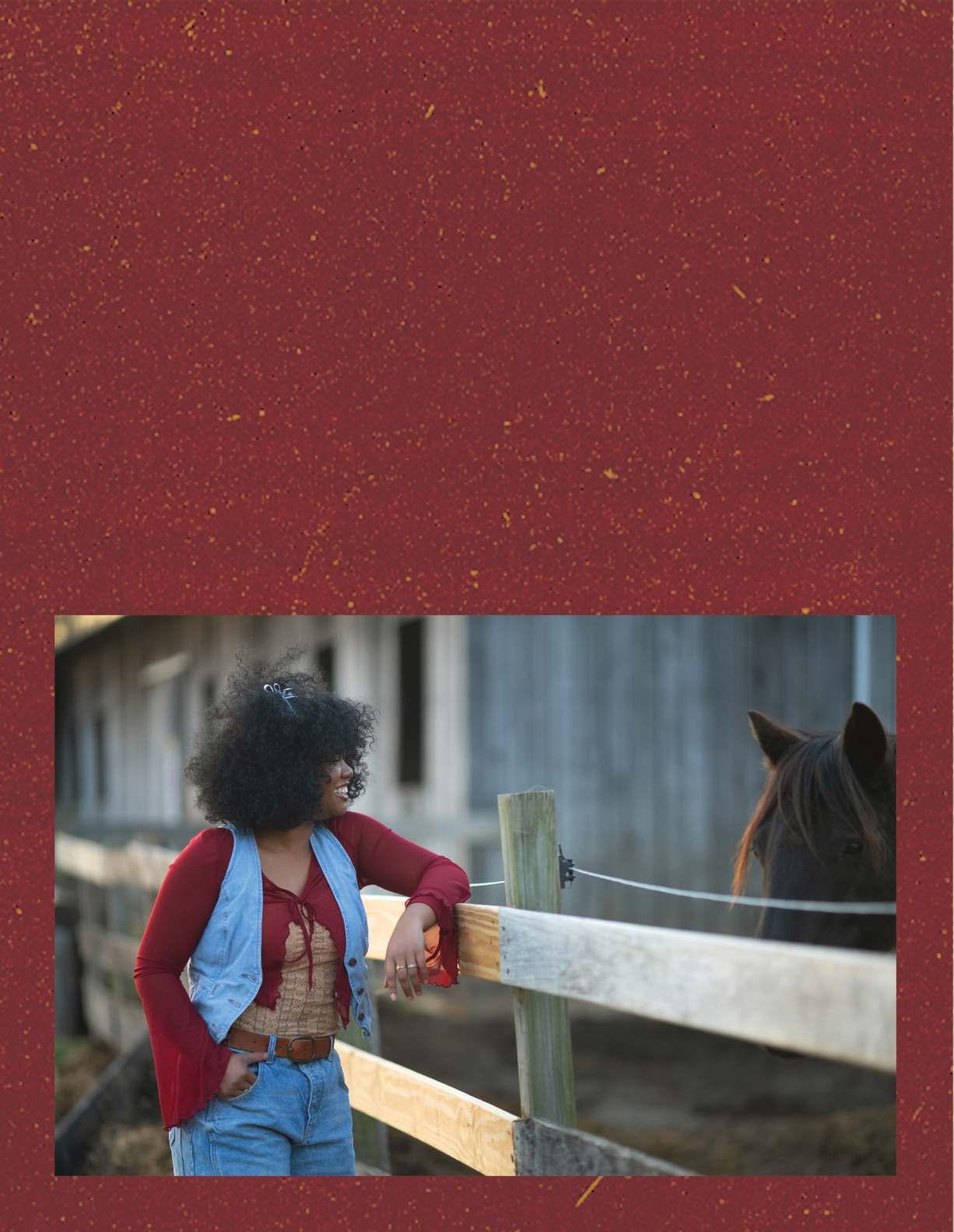
their neighbors,as those connections were all they had.The history of Appalachia is incomplete without mentioning the Cohee cowboy ethos. Humanity began collecting records from the very beginning through oral tales, infinitely interested in our genesis.The stories are what captivate us,not the facts.The creation myths ofAmerica,from the first explorations to the constant struggle for freedom,require imaginative historical vignettes and characters to trace a holistic and empathetic narrative.Within our mainstream narratives, we are ignoring true freedom and the many who fought for it, whose names are lost throughout history.
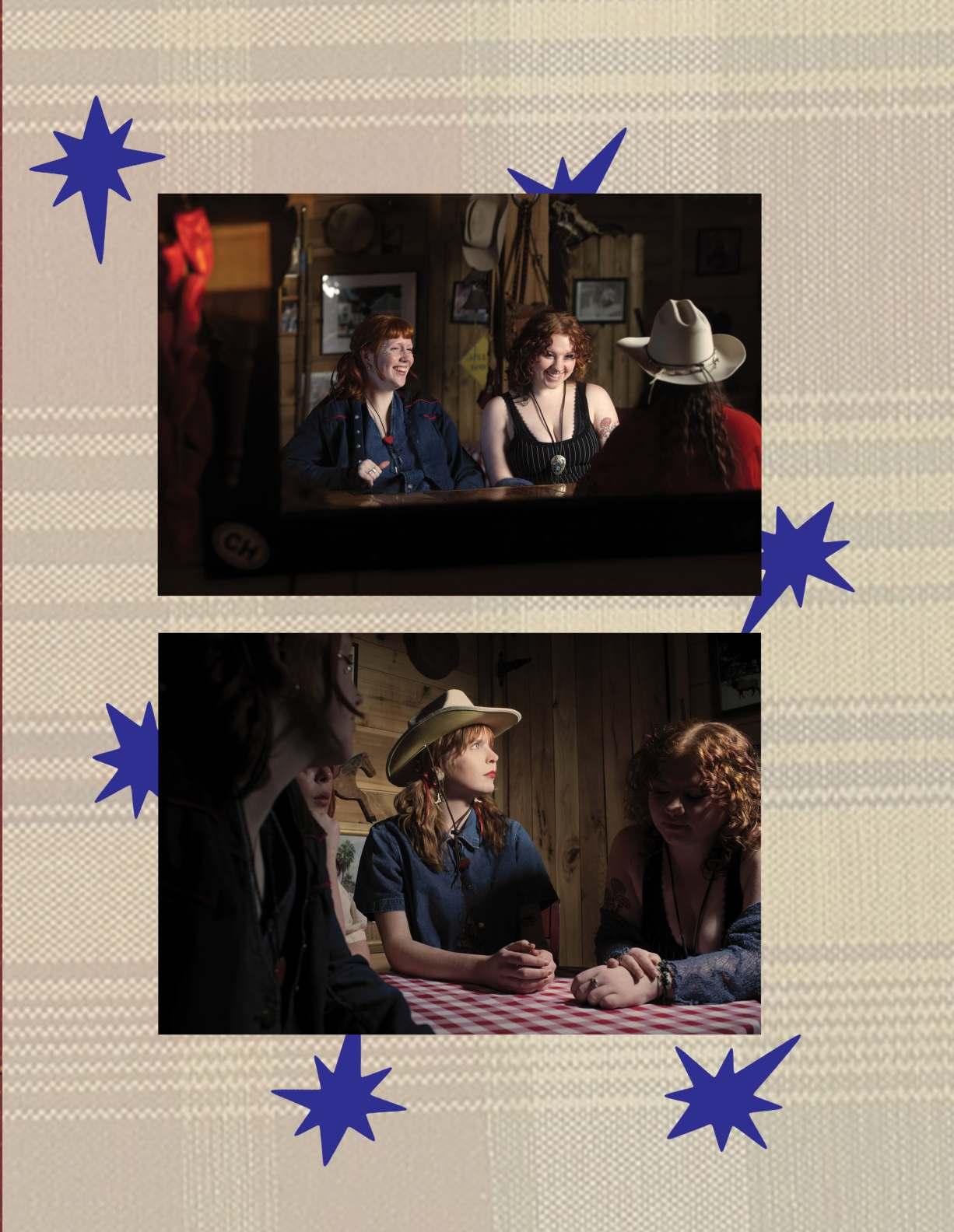
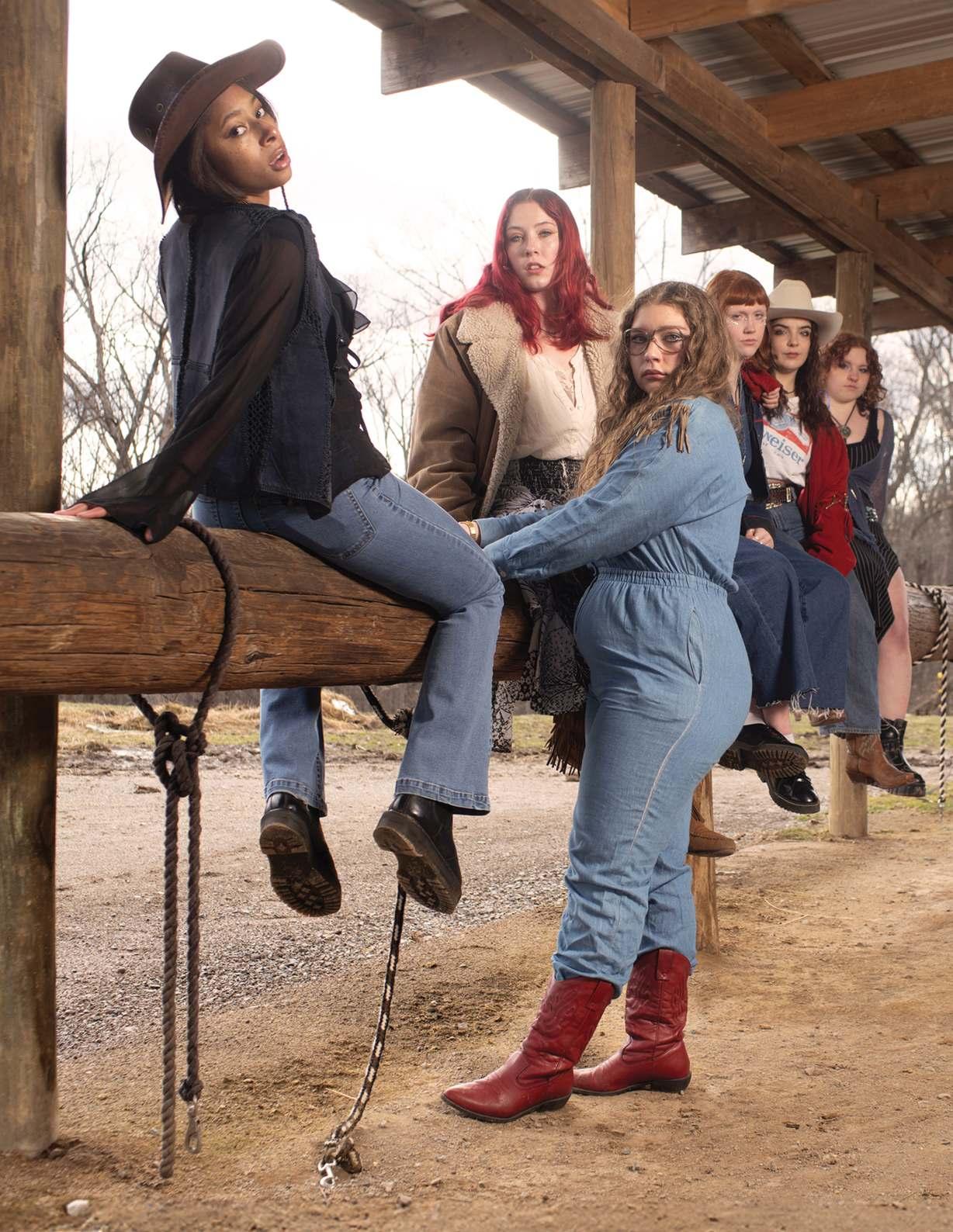


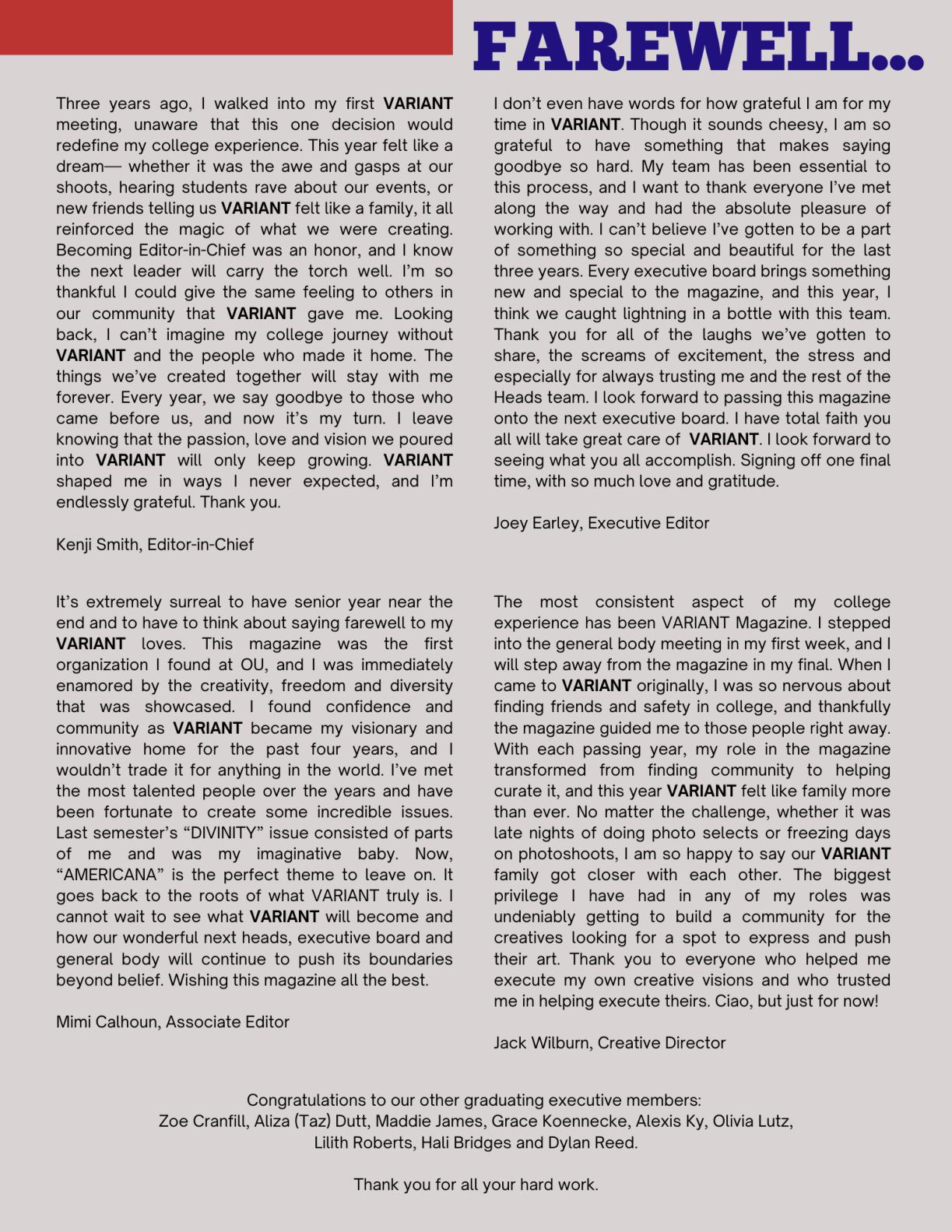
PHOTOS BY ZOE CRANFILL, NATALIE YAN, PRINCE AMOA-MENSA
STORY BY HALI BRIDGES
When I stepped into my role as Head of Event Planning and DEI Coordinator for Variant, I arrived with a clear goal: cultivating more inclusive spaces where individuals could freely express themselves, channel their creativity, and be authentic. I didn’t fully anticipate the overwhelming support and enthusiasm that the Variant community and the OU community as a whole would have for this vision.The events we organized blossomed into something far more impactful than I had imagined.

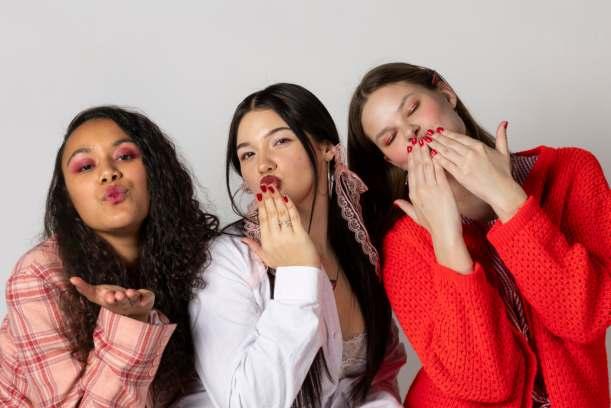
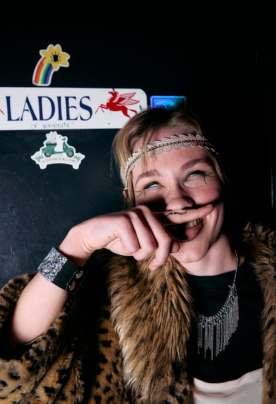
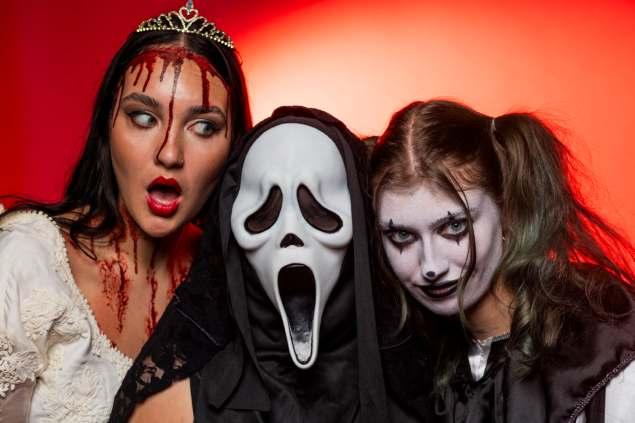

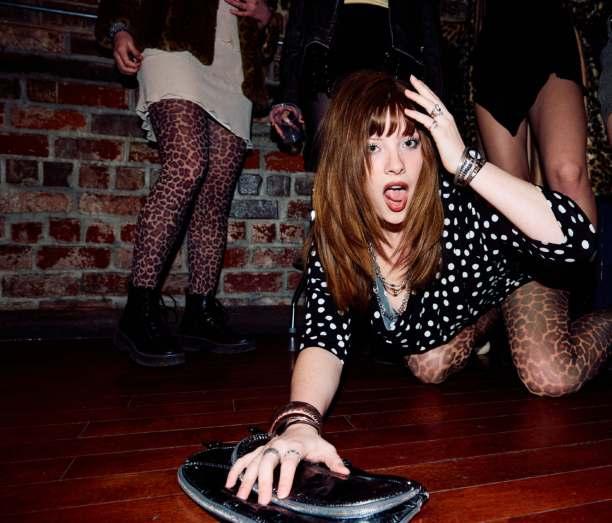
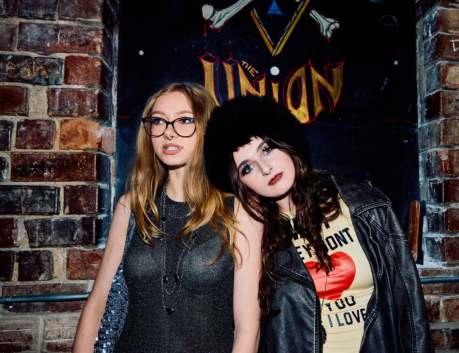

Throughout the year, we brought a series of themed events to life that captivated our audience. Brat Night emerged as a vibrant celebration of hyper-femininity, where playful and extravagant outfits collided in a whirlwind of campy chaos.The atmosphere was electric, with laughter and spirited conversations echoing.Then, we transformed Halloween into an experience of darker, more experimental vibes. Our promotional shoot embraced an eerie, avant-garde aesthetic, featuring costumes that ranged from iconic horror figures to obscure references, creating an environment that embodied pure creative freedom. Here, everyone felt encouraged to embrace their identities’ strange and theatrical aspects. In February, we redefined Valentine’s Day, transforming it from a commercialized holiday into a heartfelt celebration of all kinds of love: romantic, platonic, self-love, and beyond. The promotional material radiated warmth
and intimacy, adorned with soft pink tones and dreamy styling that invoked a sense of nostalgia and romance, encouraging everyone to tap into their inner heartthrob. Of course, we cannot forget Indie Sleaze Night, a chaotic yet nostalgic dive into Tumblr-core fashion, 2012 bangers, and gritty flash photography.The promo shoot was a whimsical love letter to messiness, mustaches, and animal prints. It was a night that embraced the concept of ‘leaning into the cringe’ with joy and authenticity.
More than just parties, these events and their accompanying promotional shoots became vibrant pathways for community involvement, turning participants into co-creators of the experience.Whether it was offering styling tips, modeling unique looks, working on fun makeup looks, or working behind the scenes, there was always an opportunity for individuals to step up, contribute, and be recognized.The col-

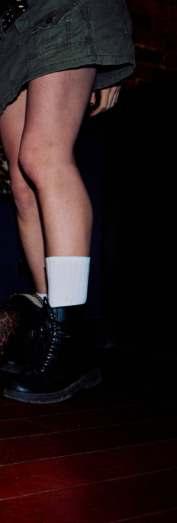

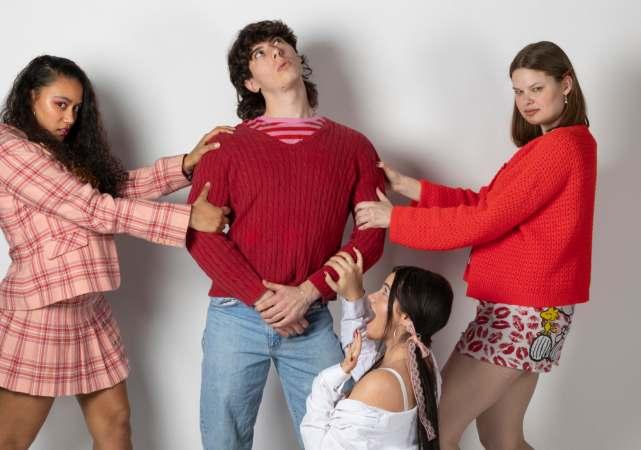
laborative energy generated during these efforts, friends uplifting one another in front of the lens, sharing outfit inspirations in lively group chats, or arriving early to help tape decorations, created a genuinely special and connected atmosphere.
Reflecting on the year, I am most proud that our gatherings became more than social events.They evolved into moments that fostered connection, where people were eager to attend, participate, and create alongside us actively.The anticipation leading up to these nights and the conversations they sparked became cherished memories within the community.While discussions about inclusion can often remain abstract, translating those ideals into tangible action night after night, and outfit after outfit, is a far more significant challenge and has proven immensely rewarding.Thanks to the vibrant and engaged OU community, we achieved that goal.

